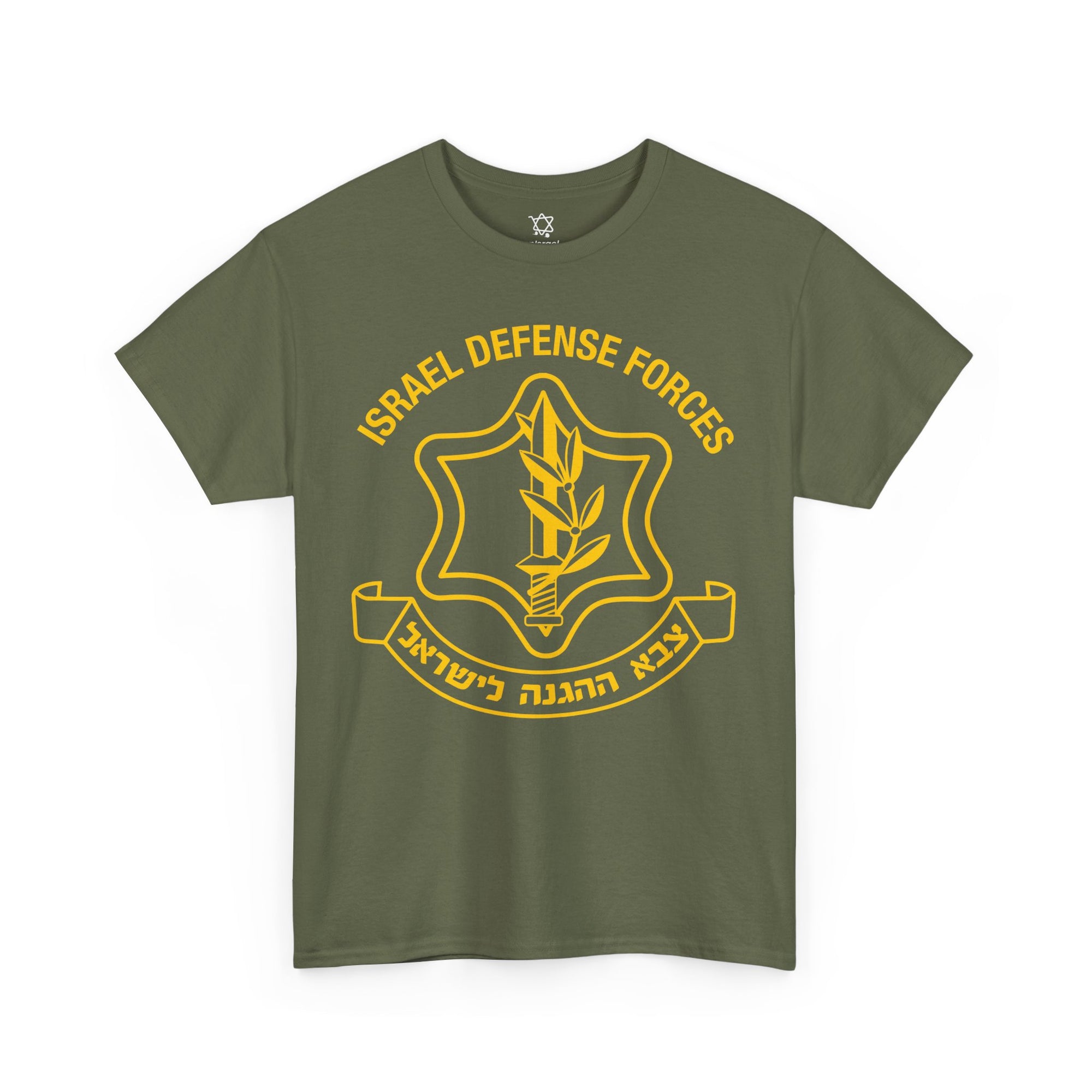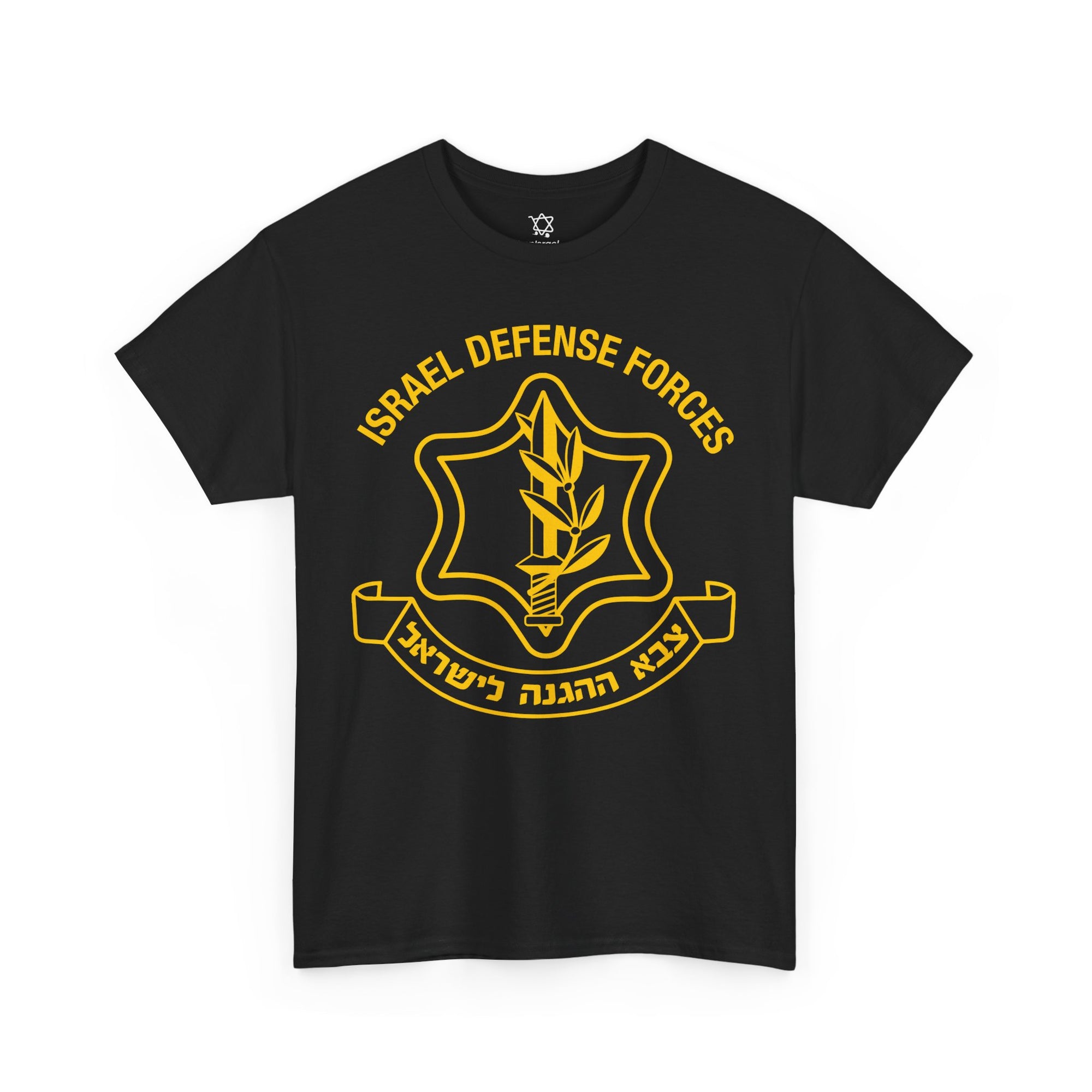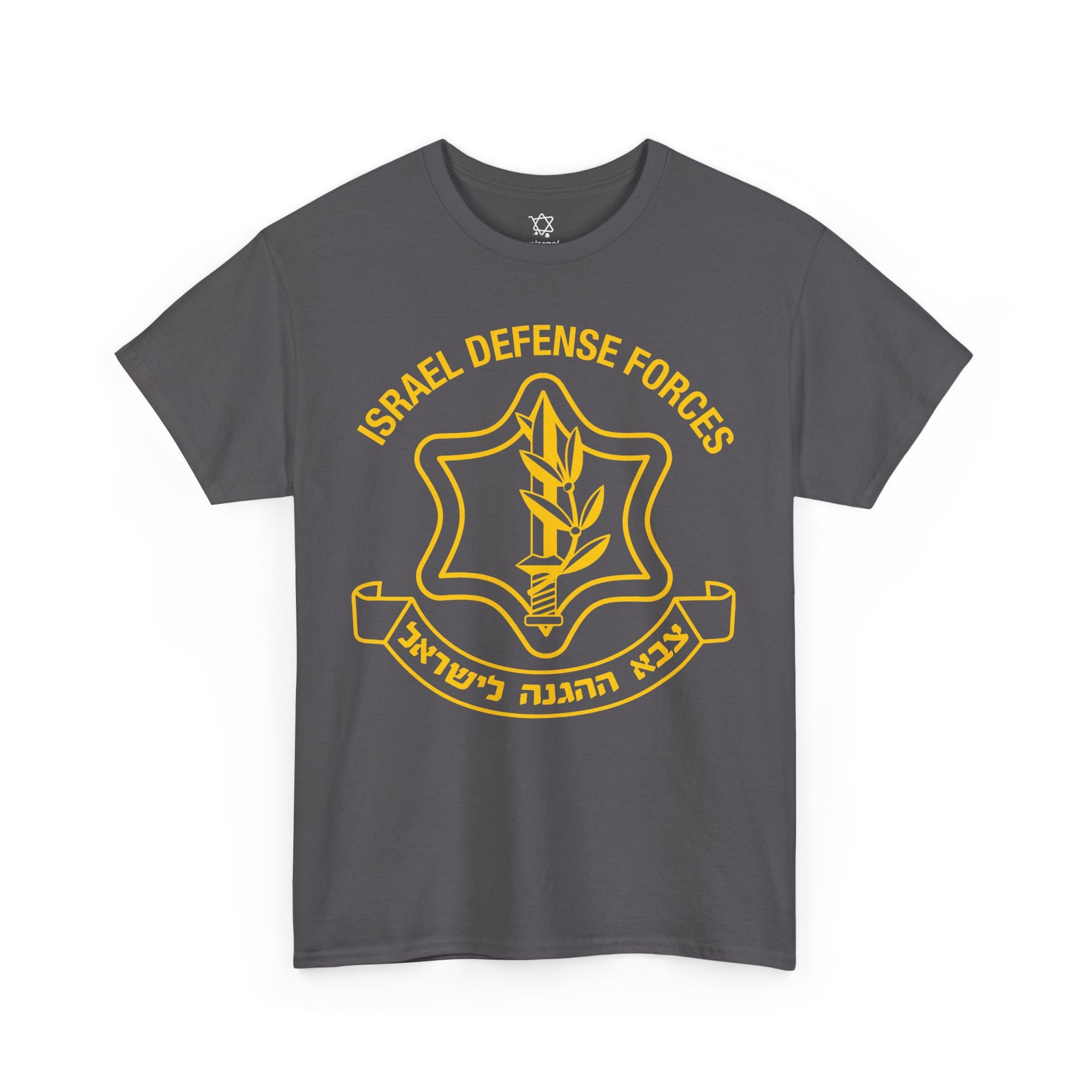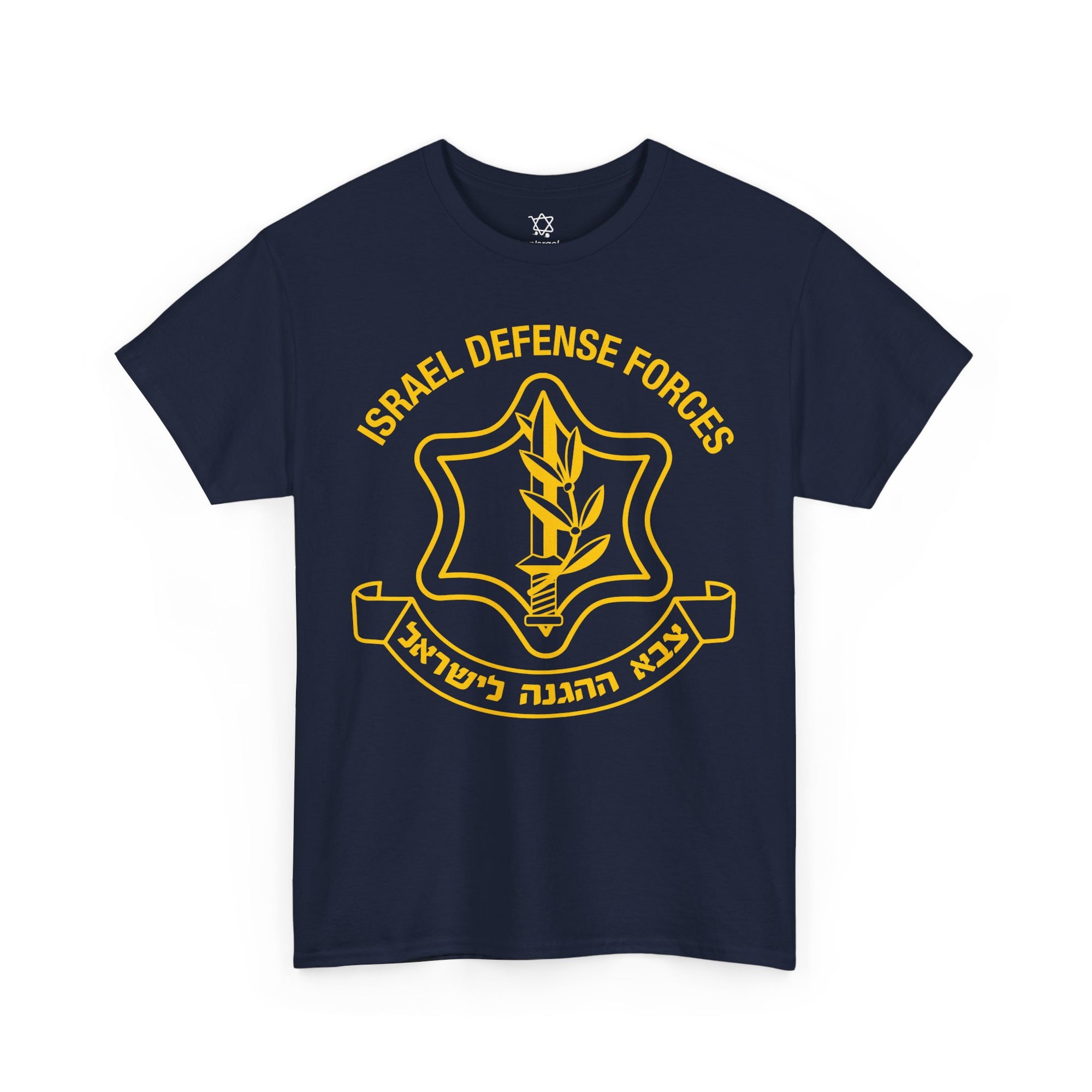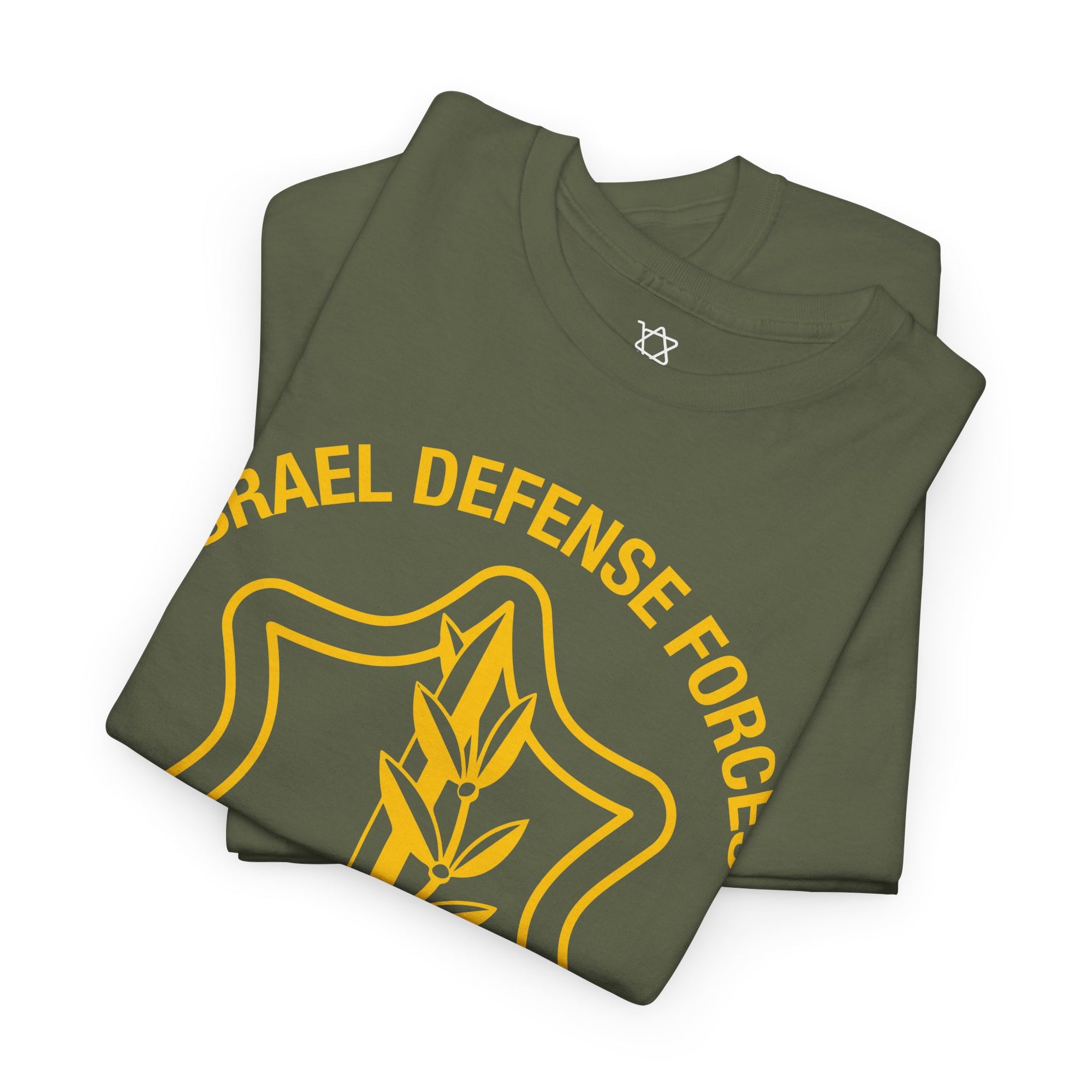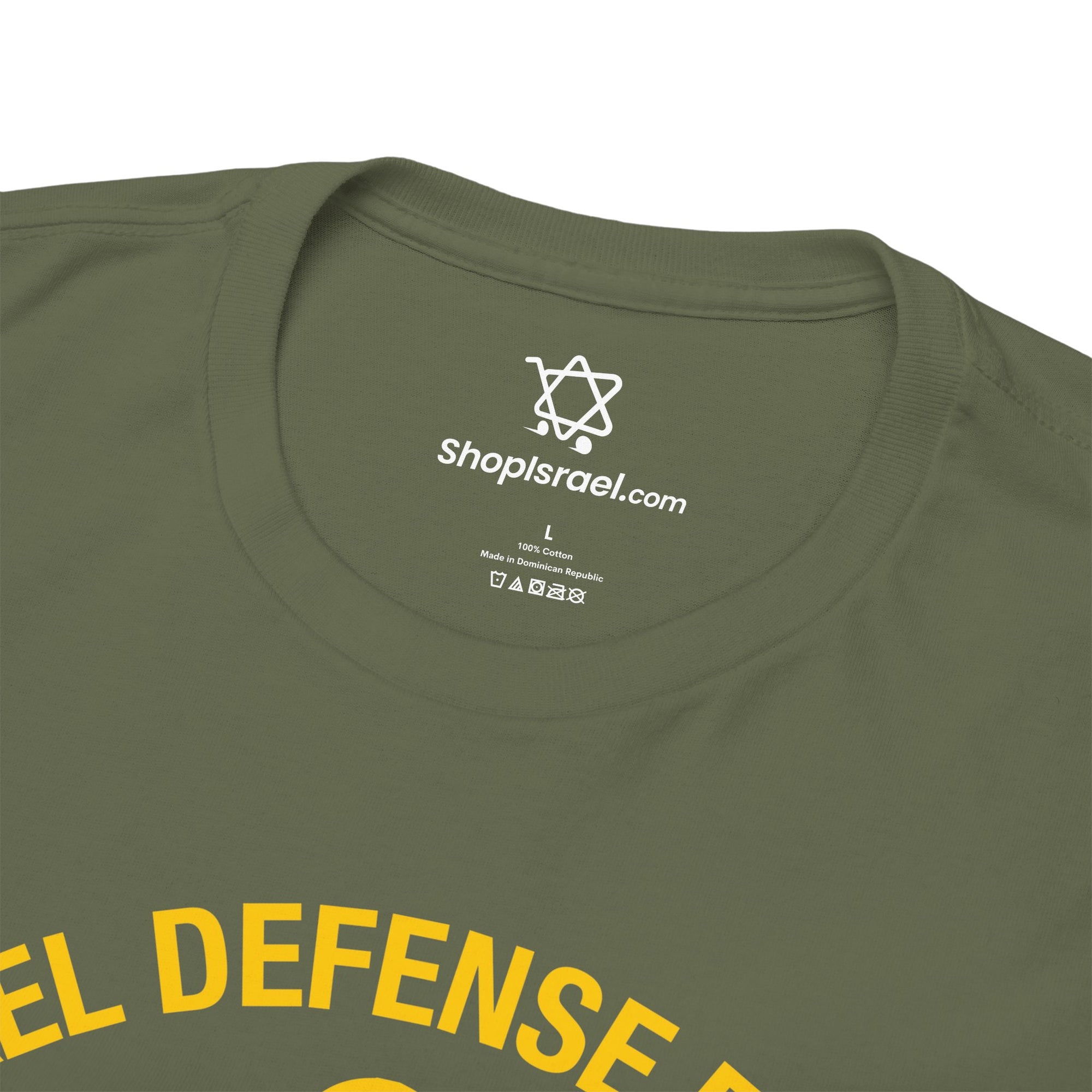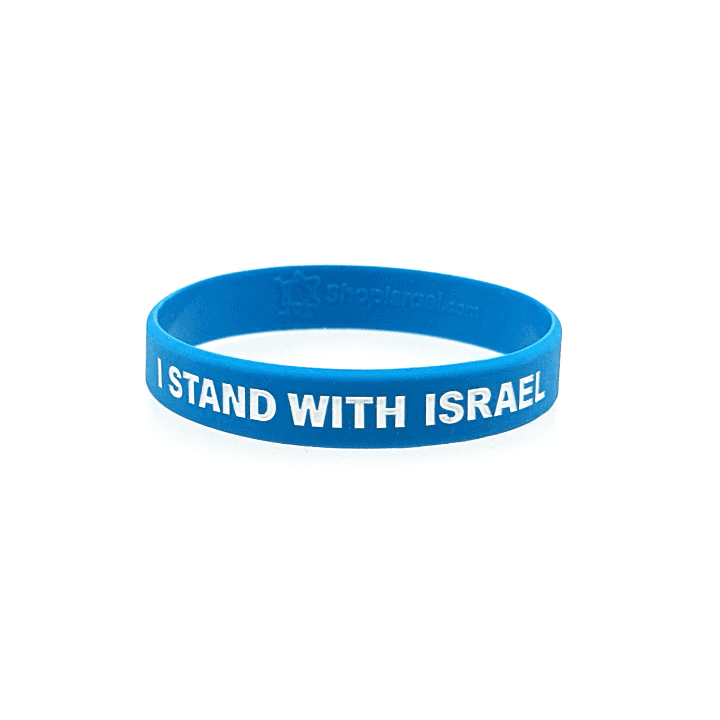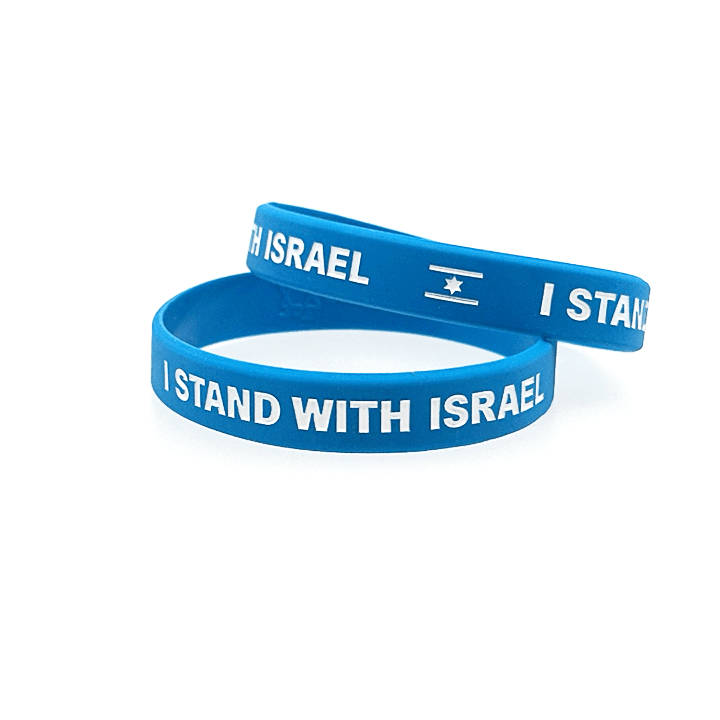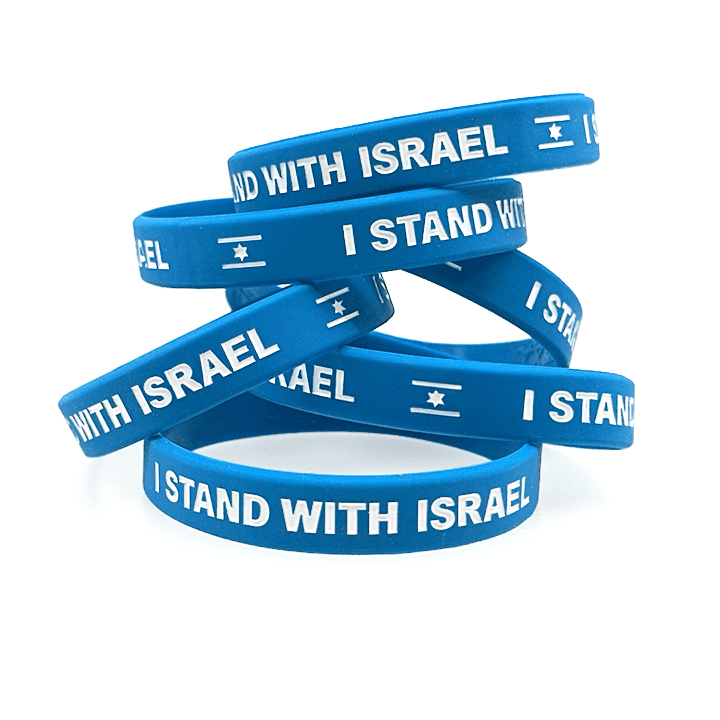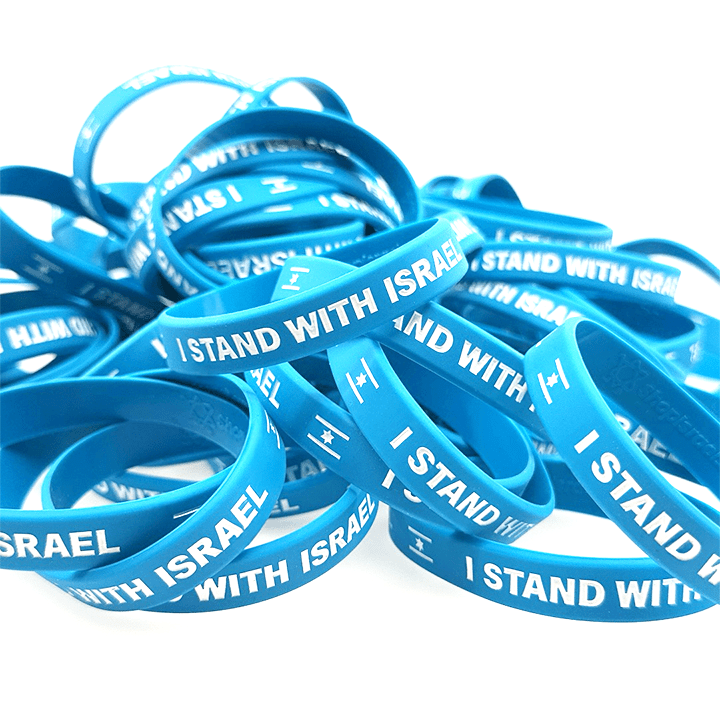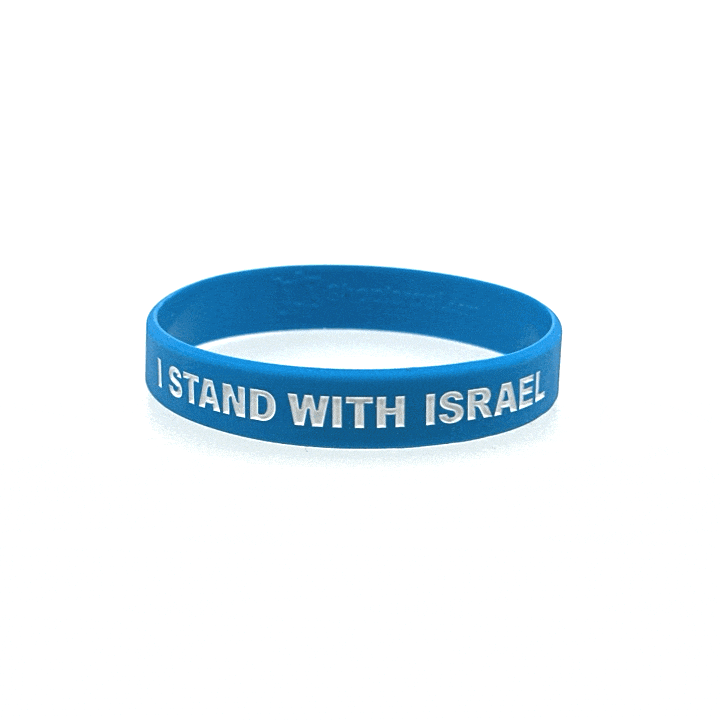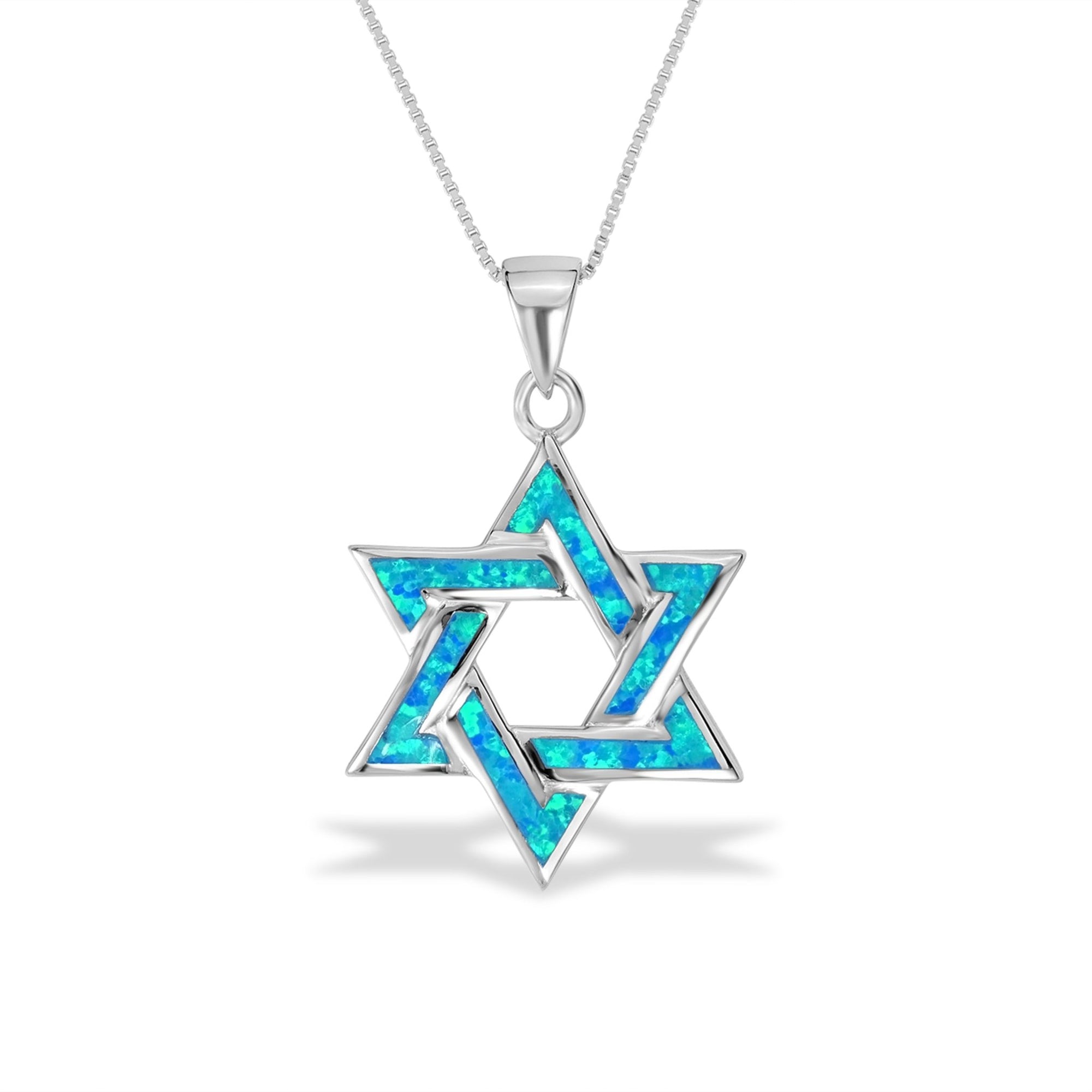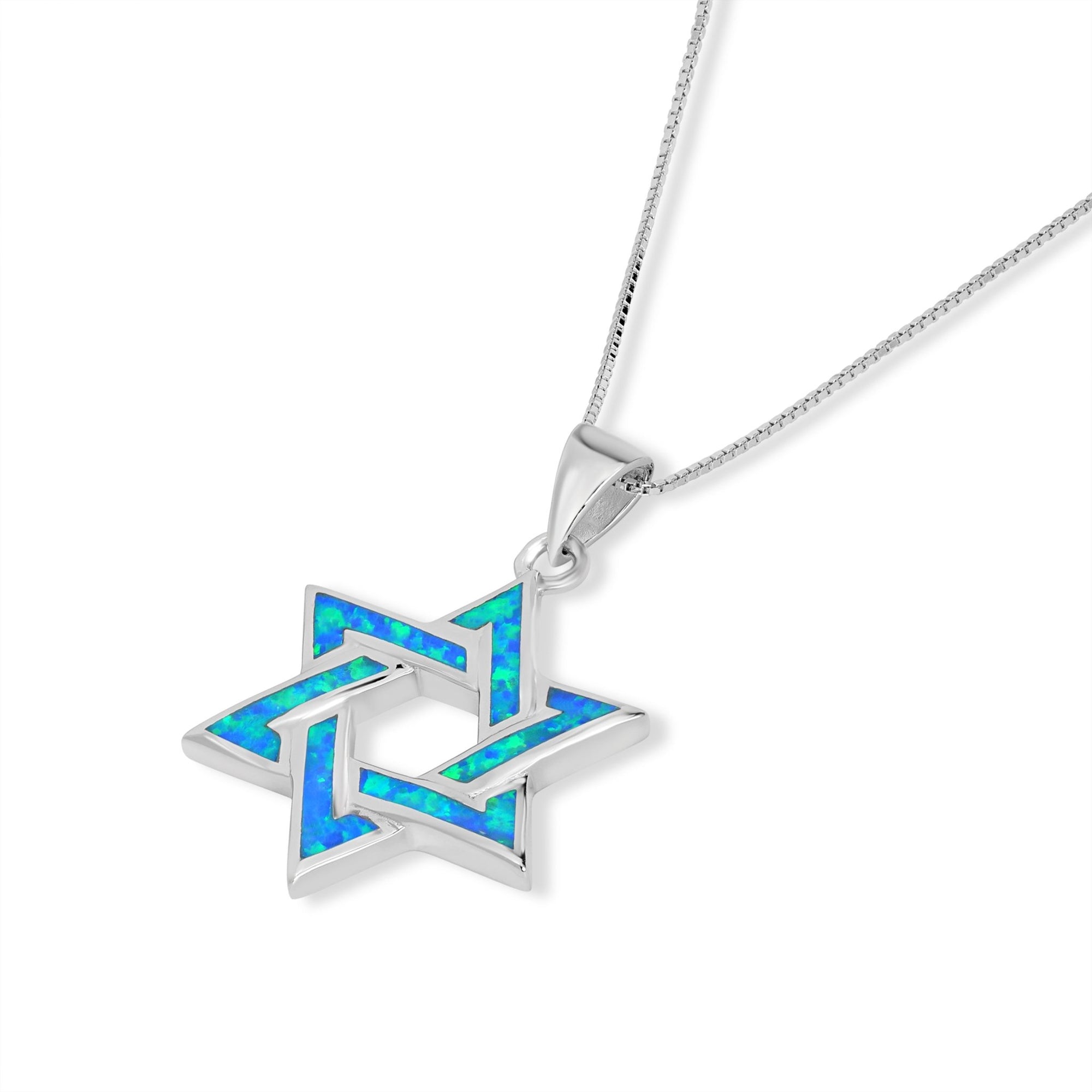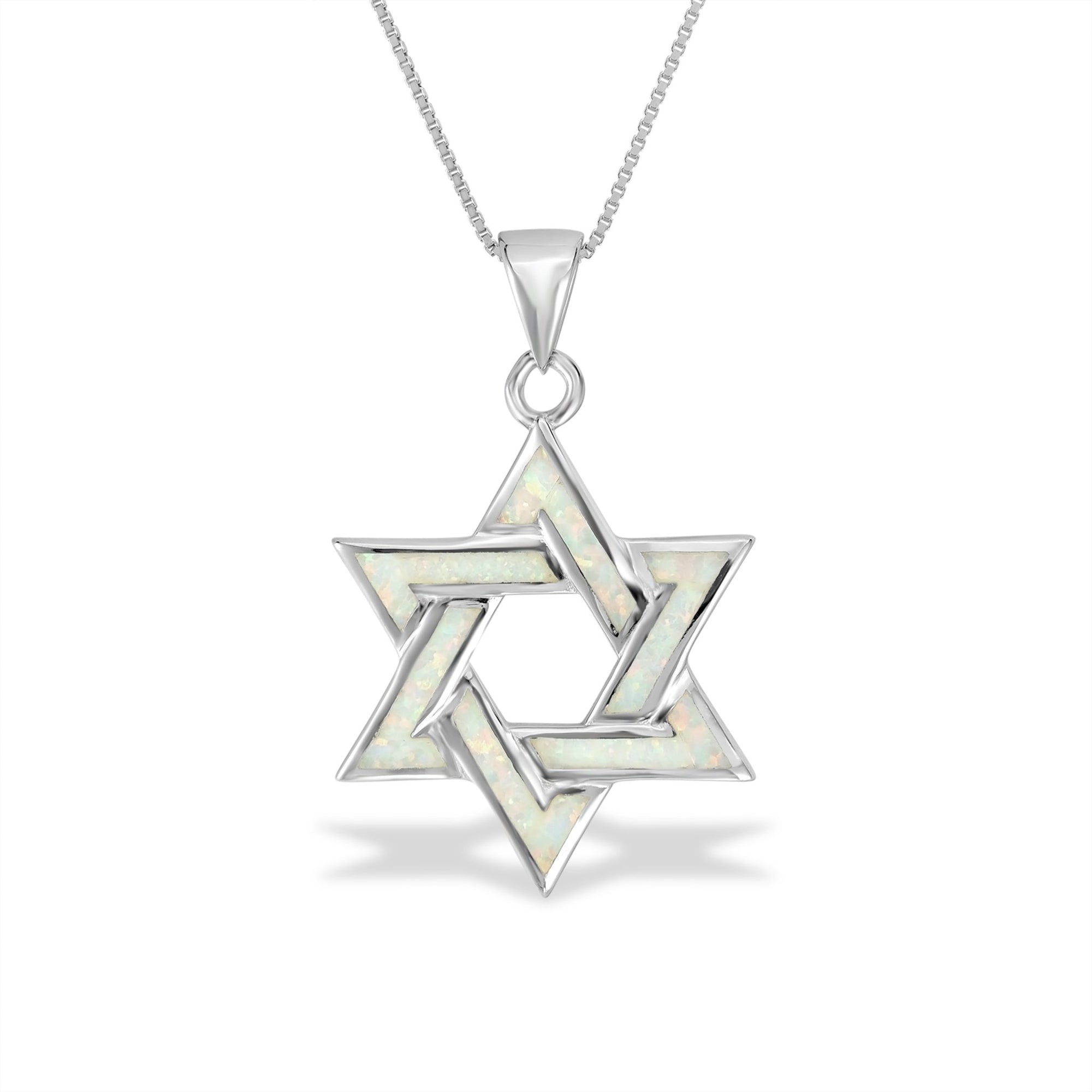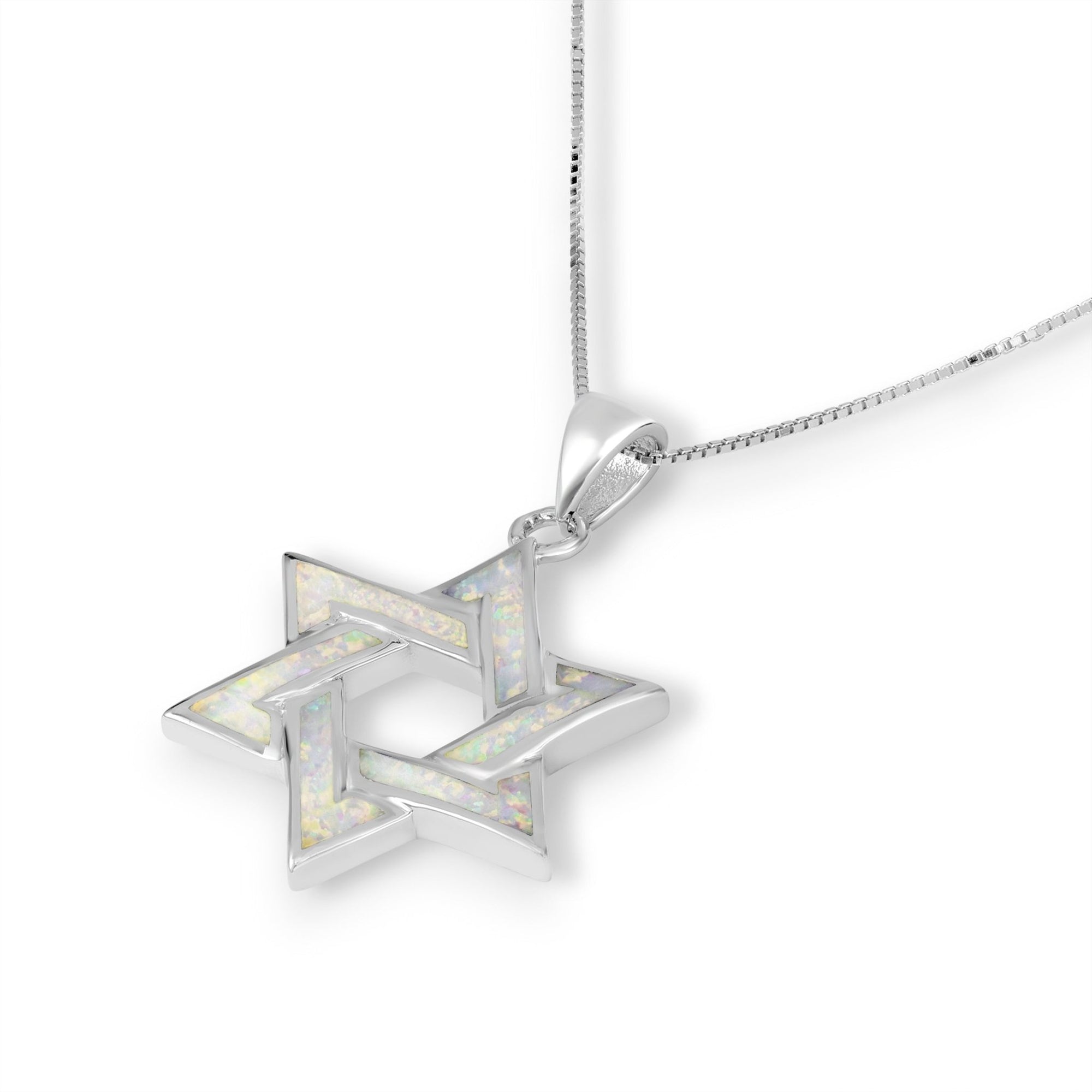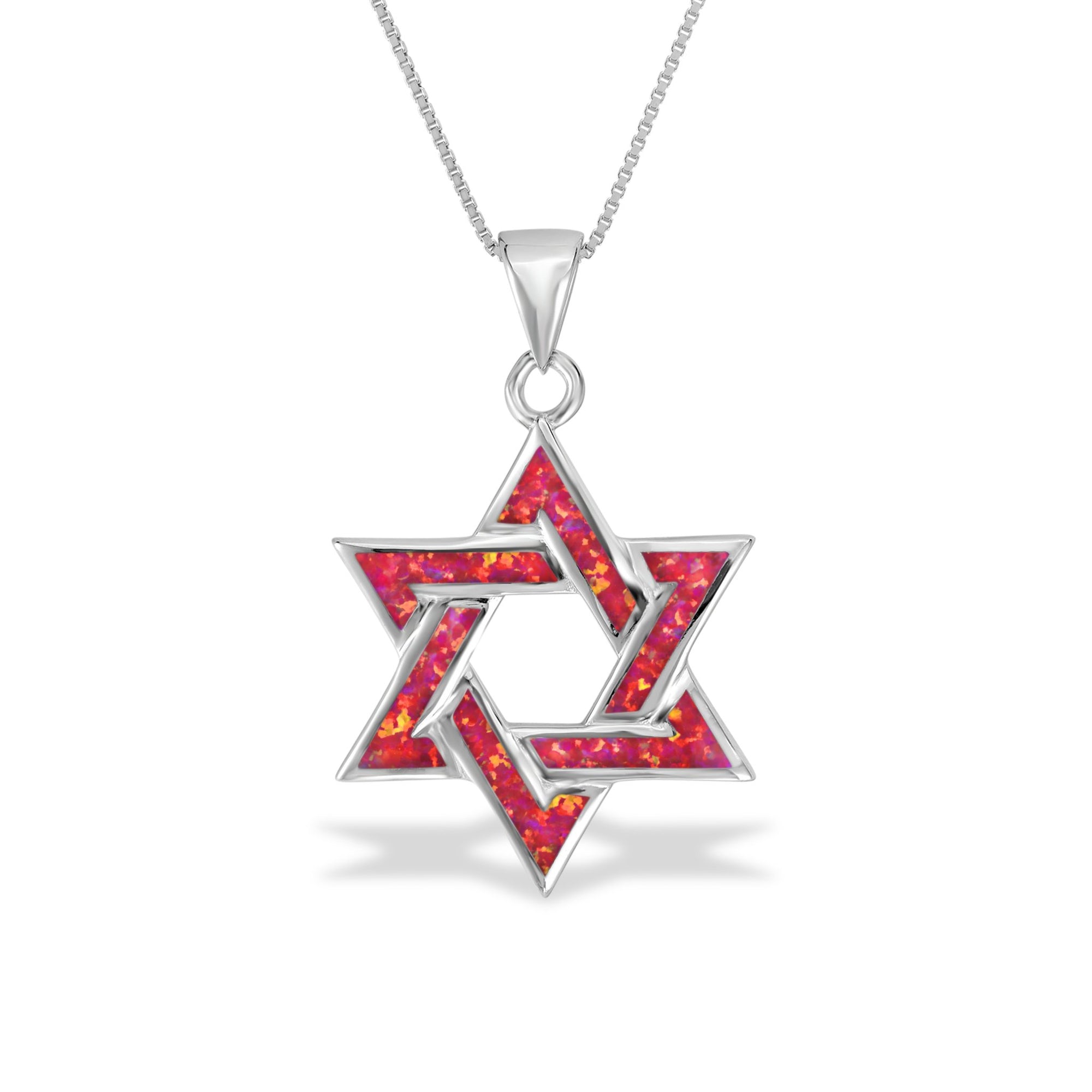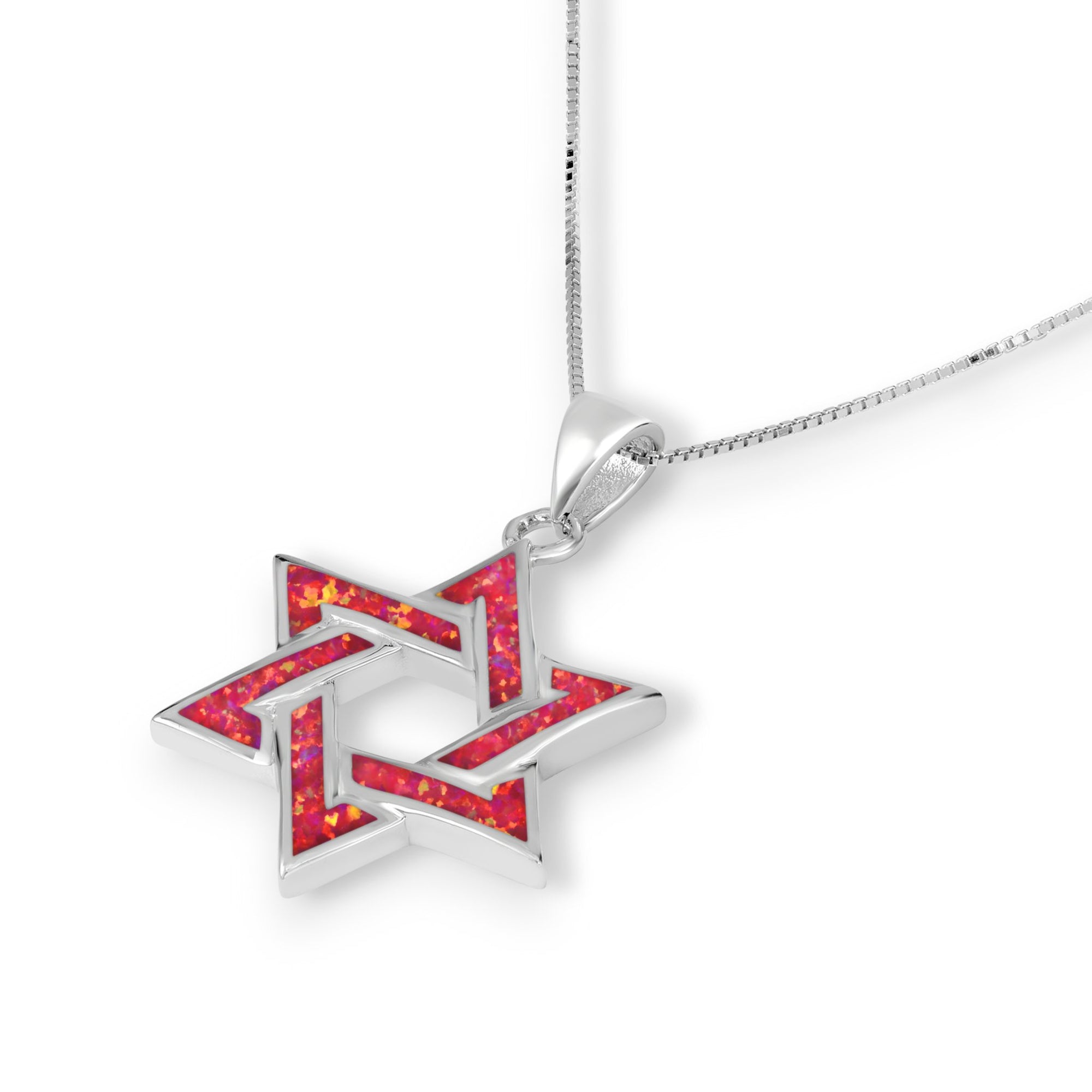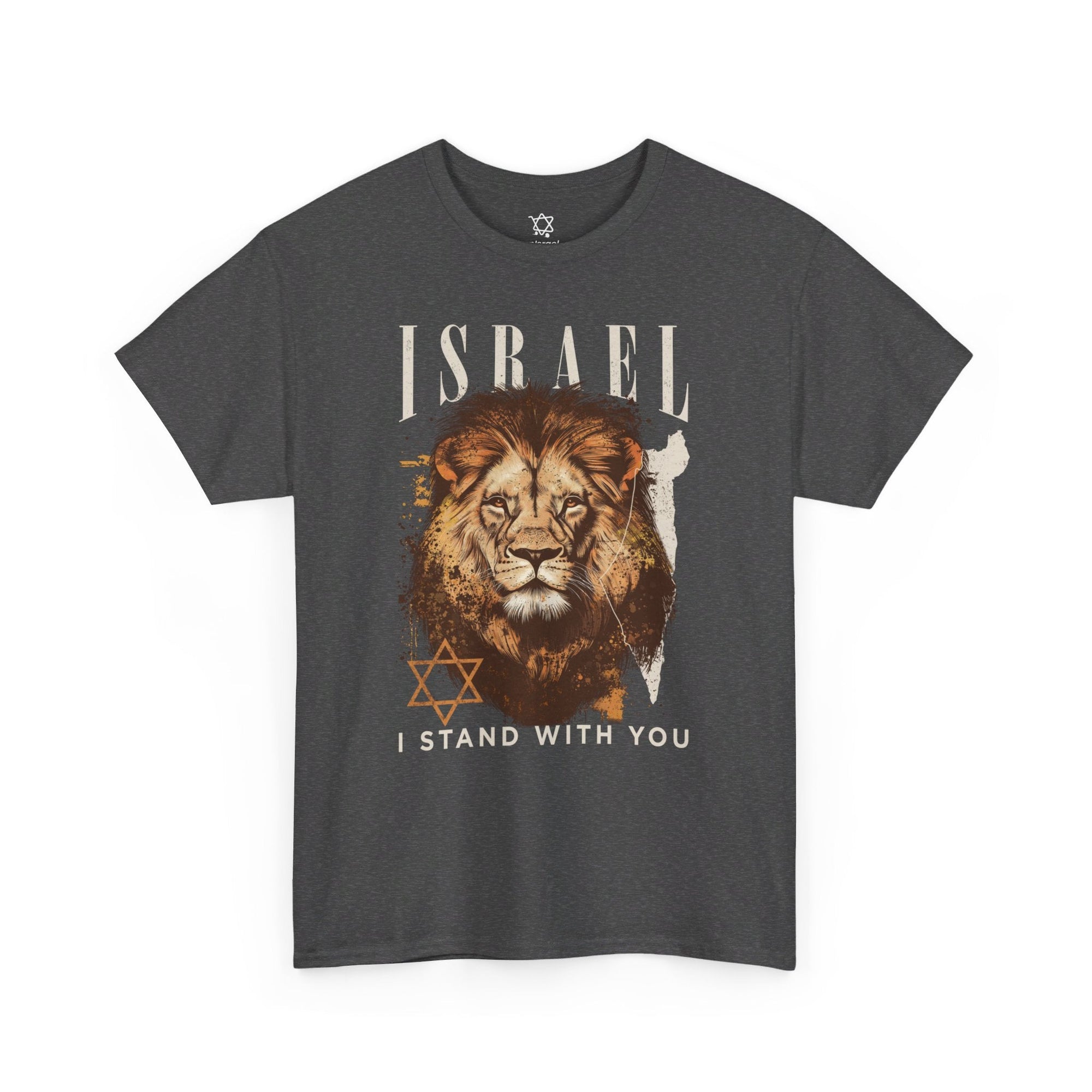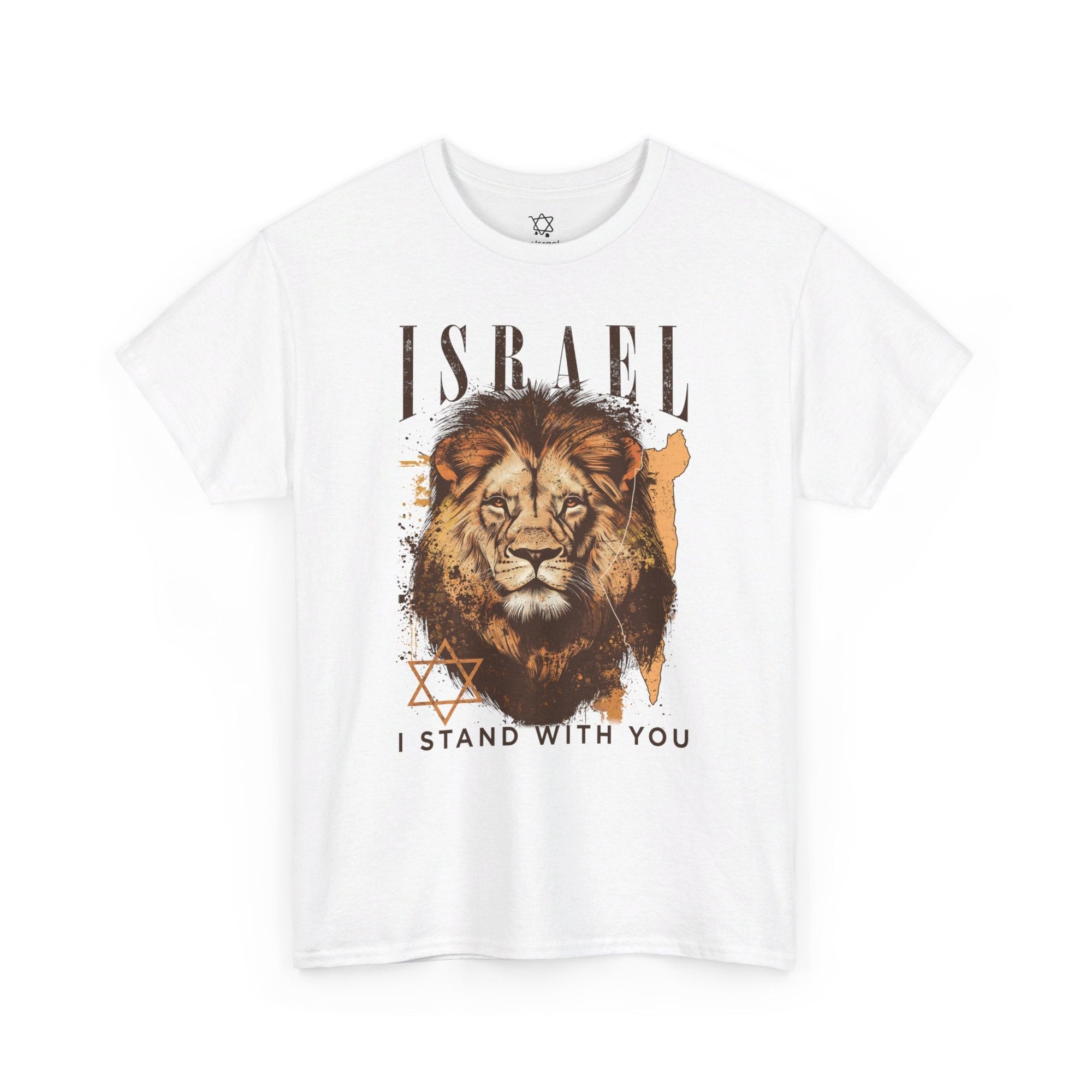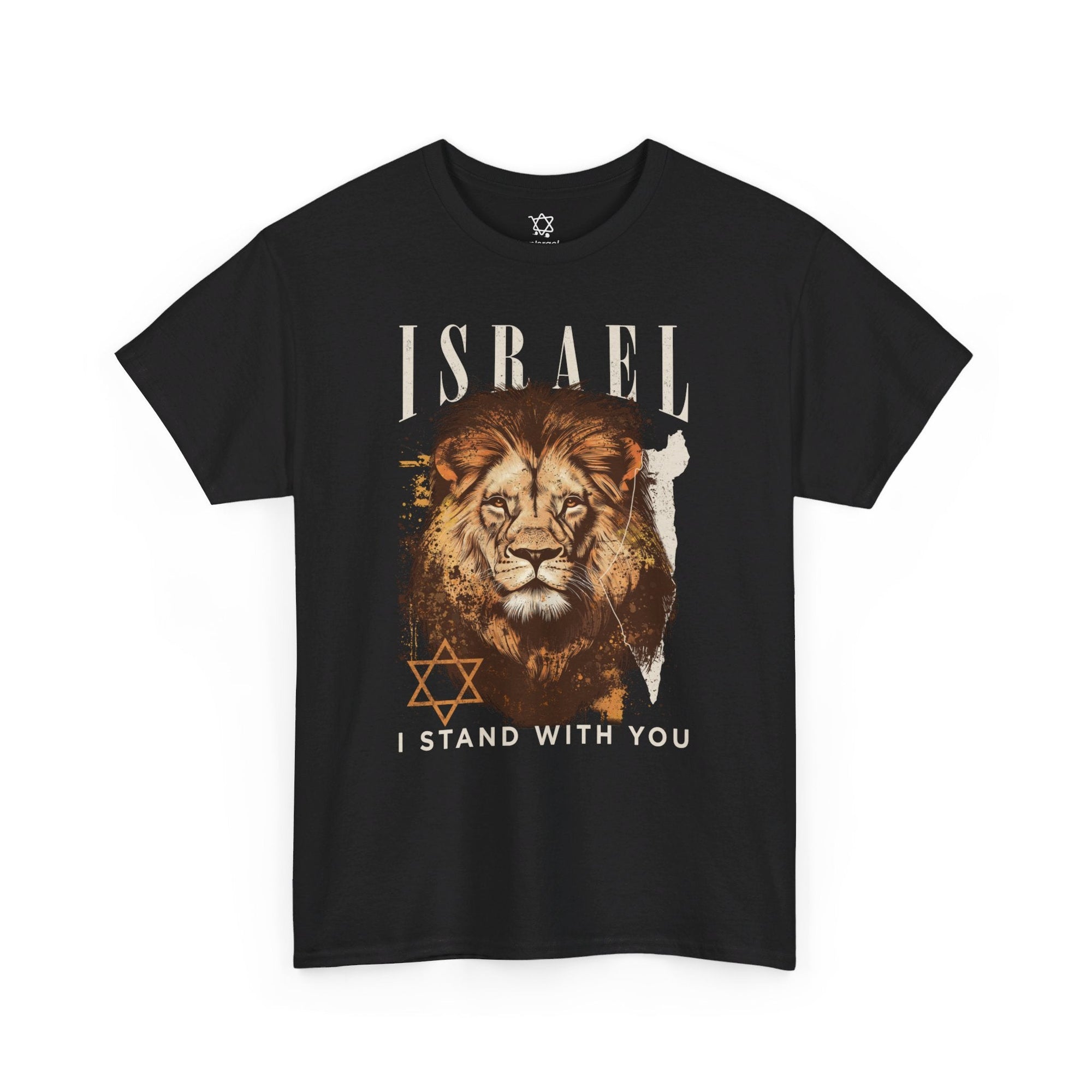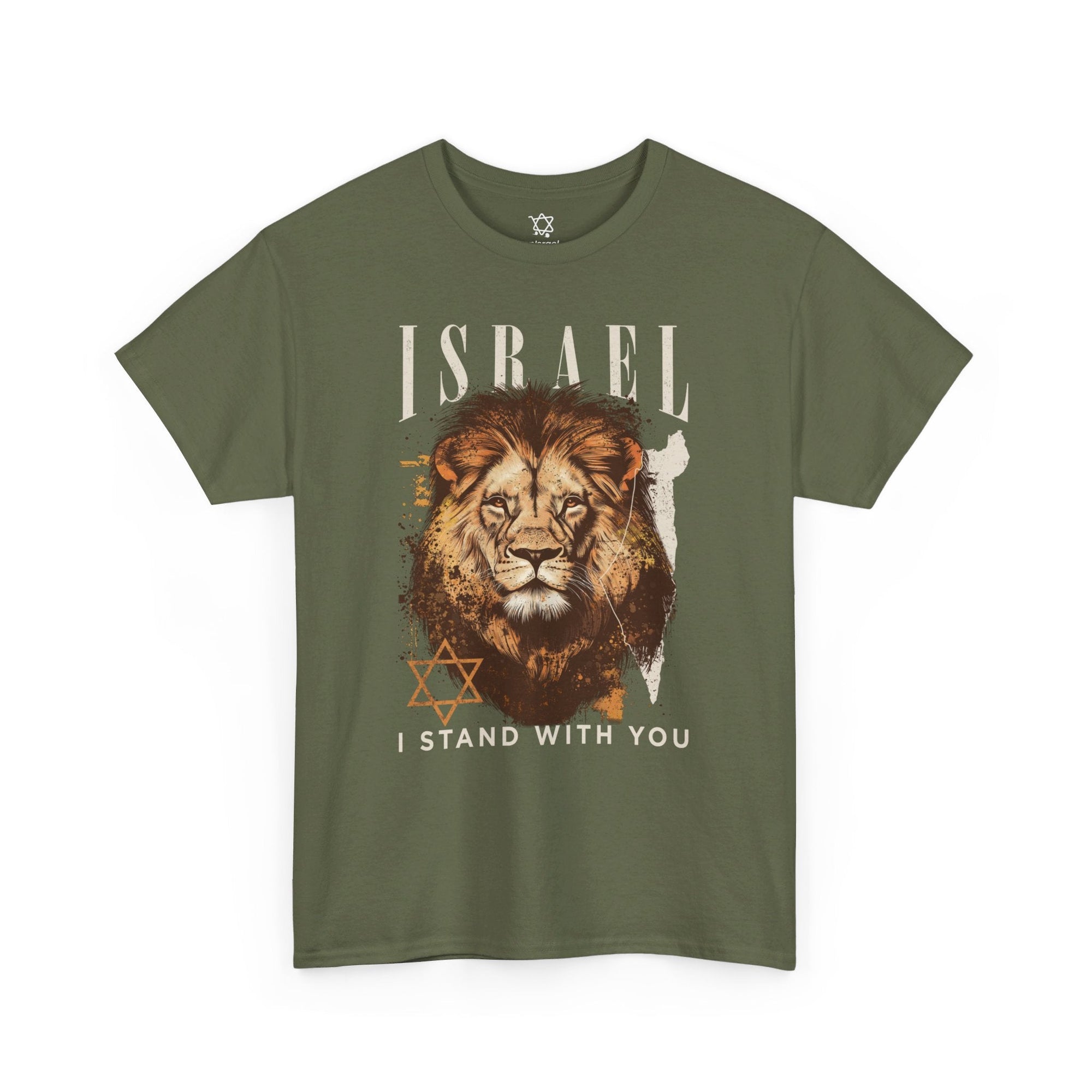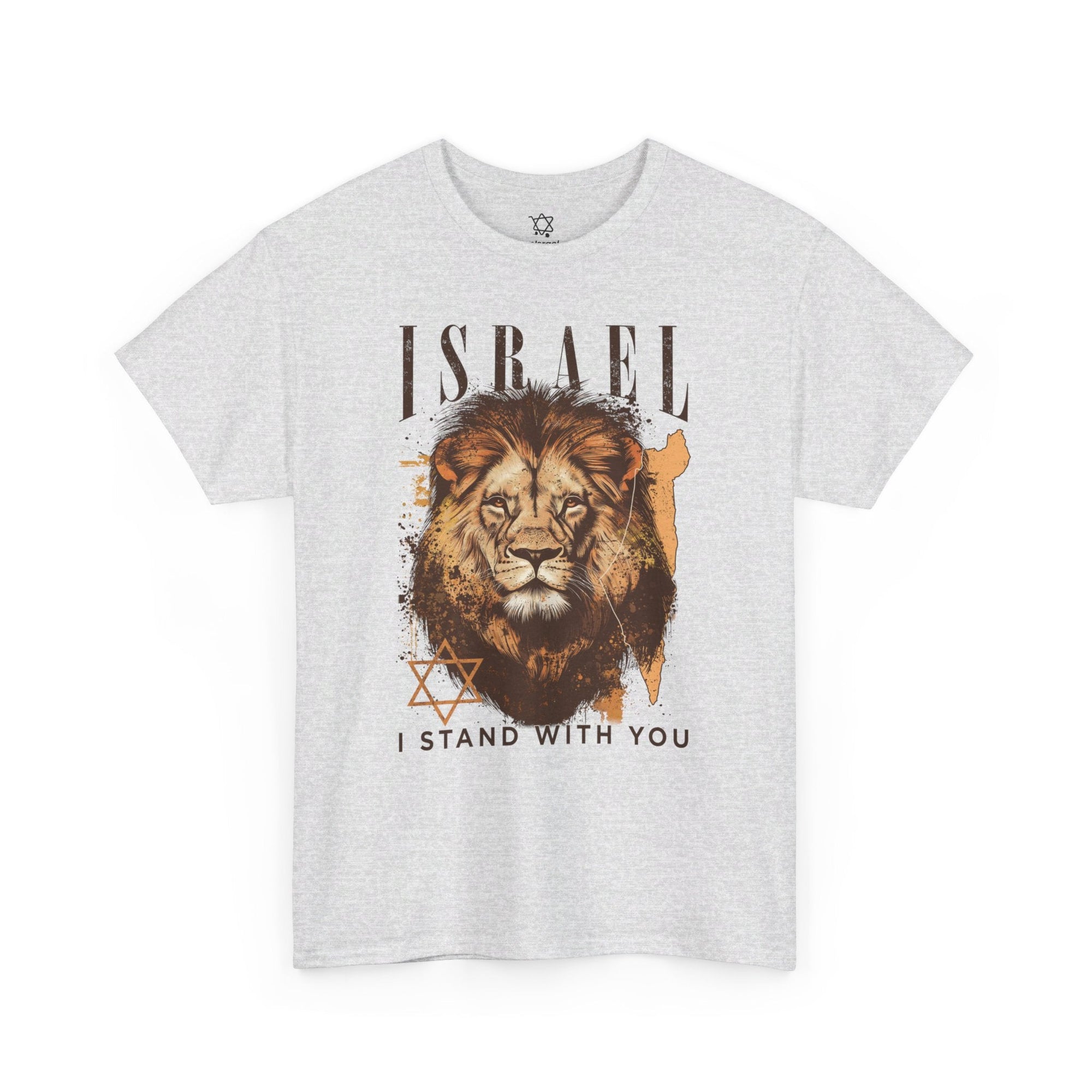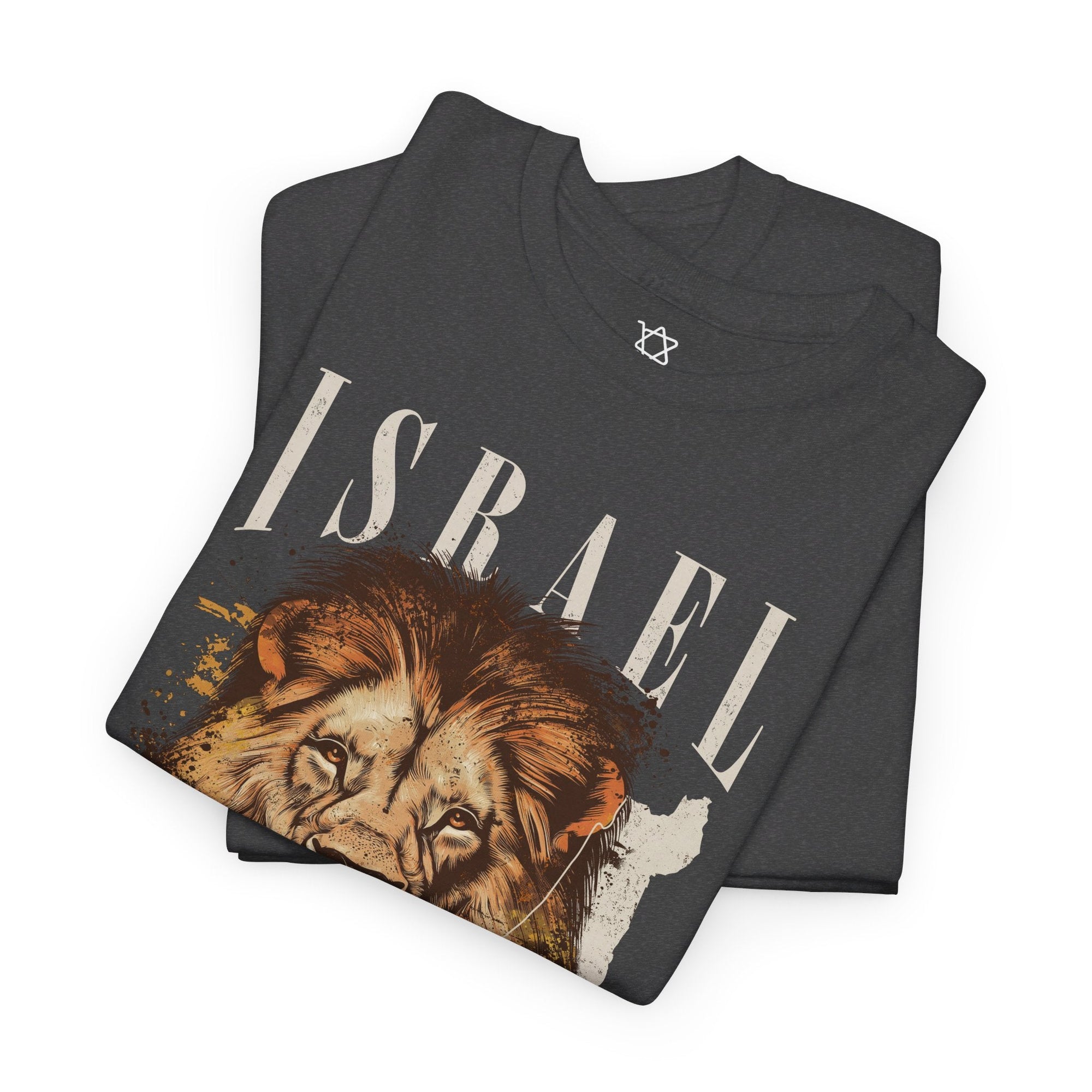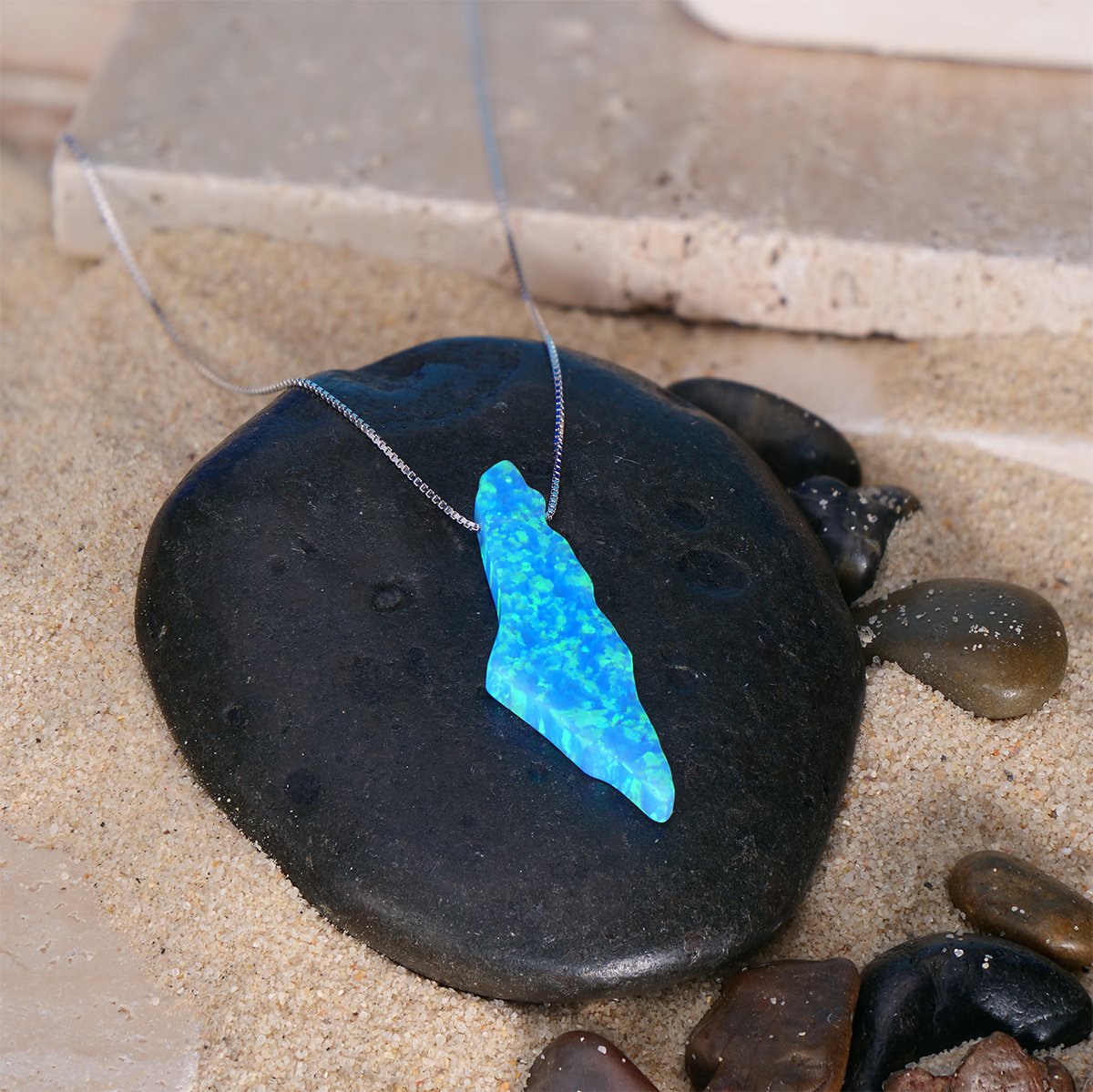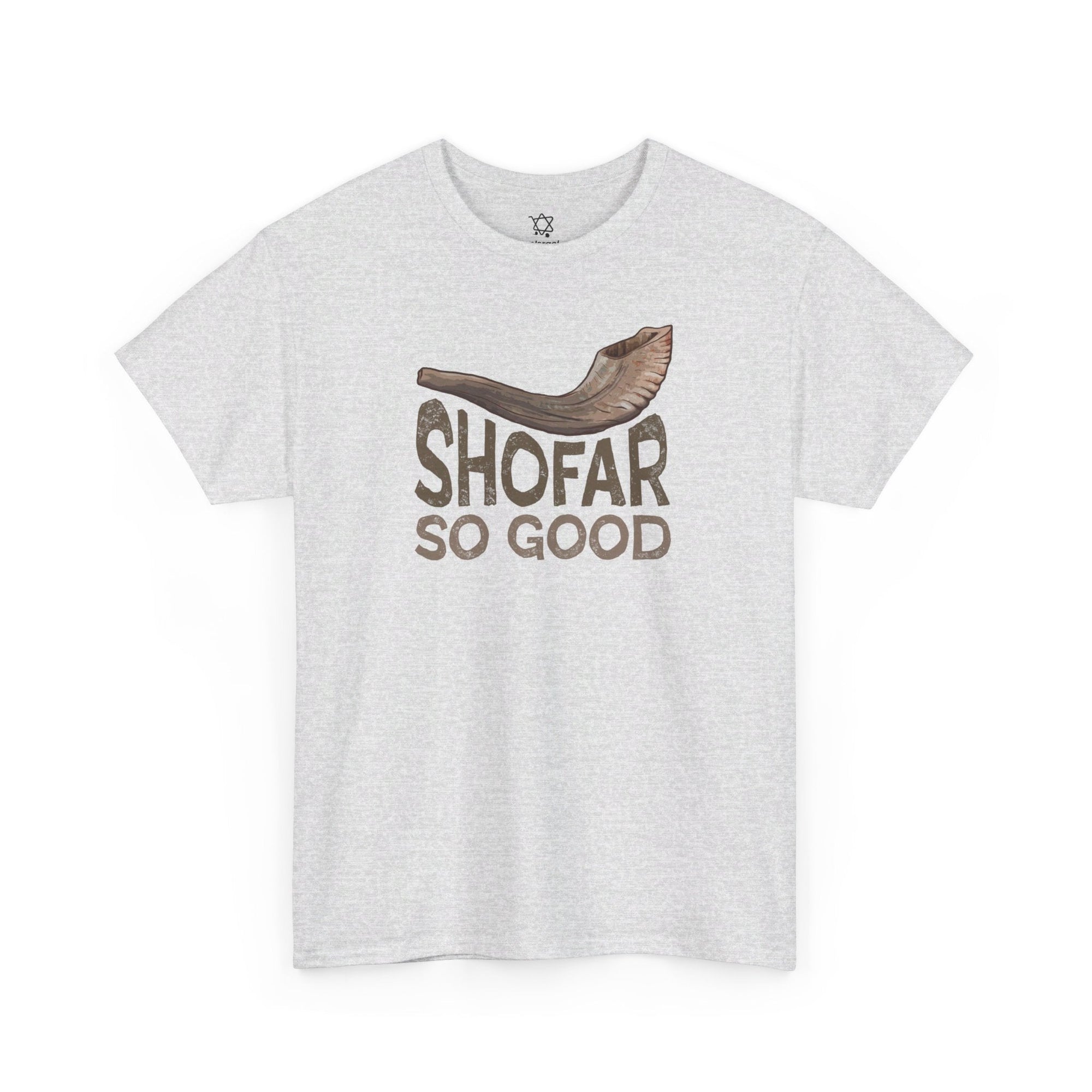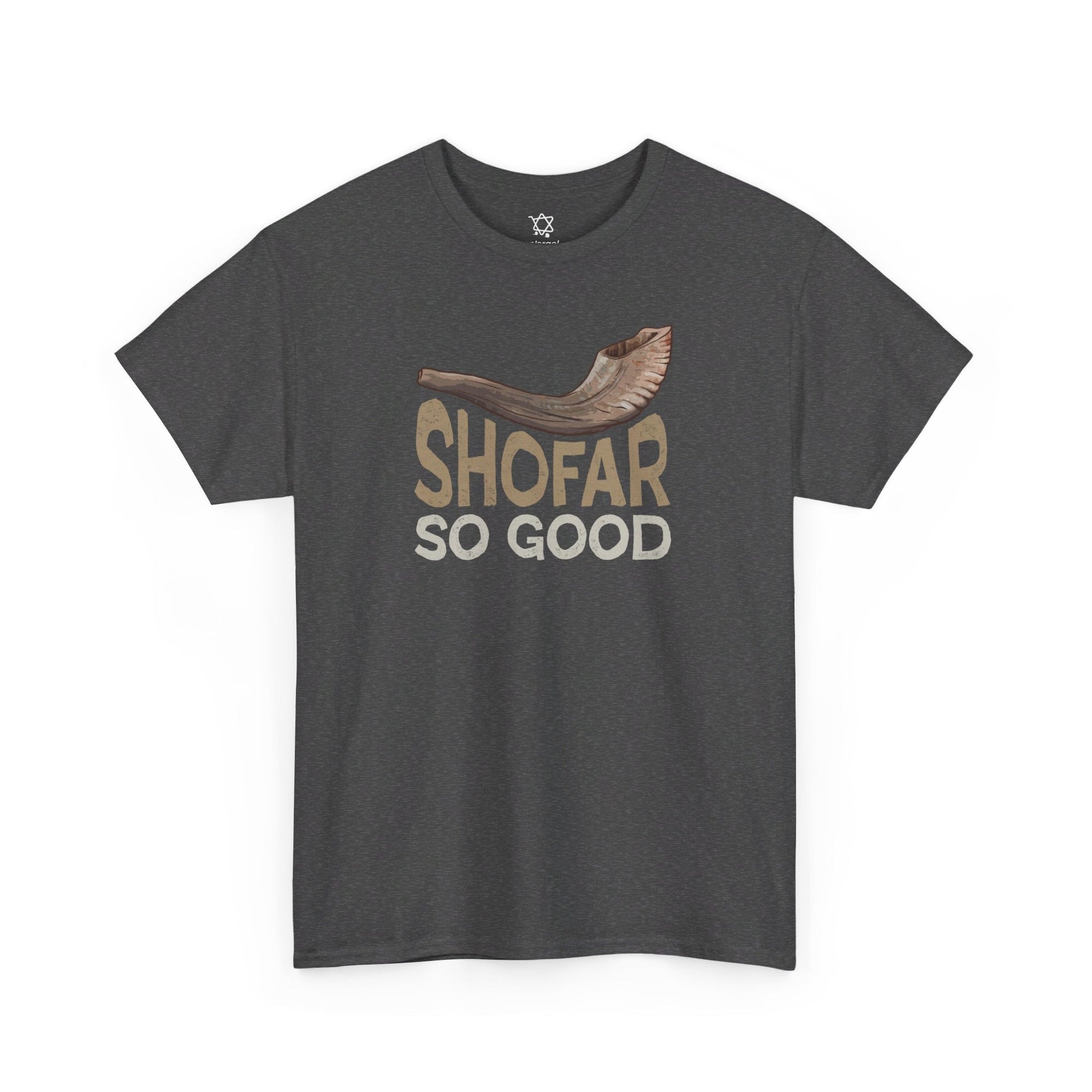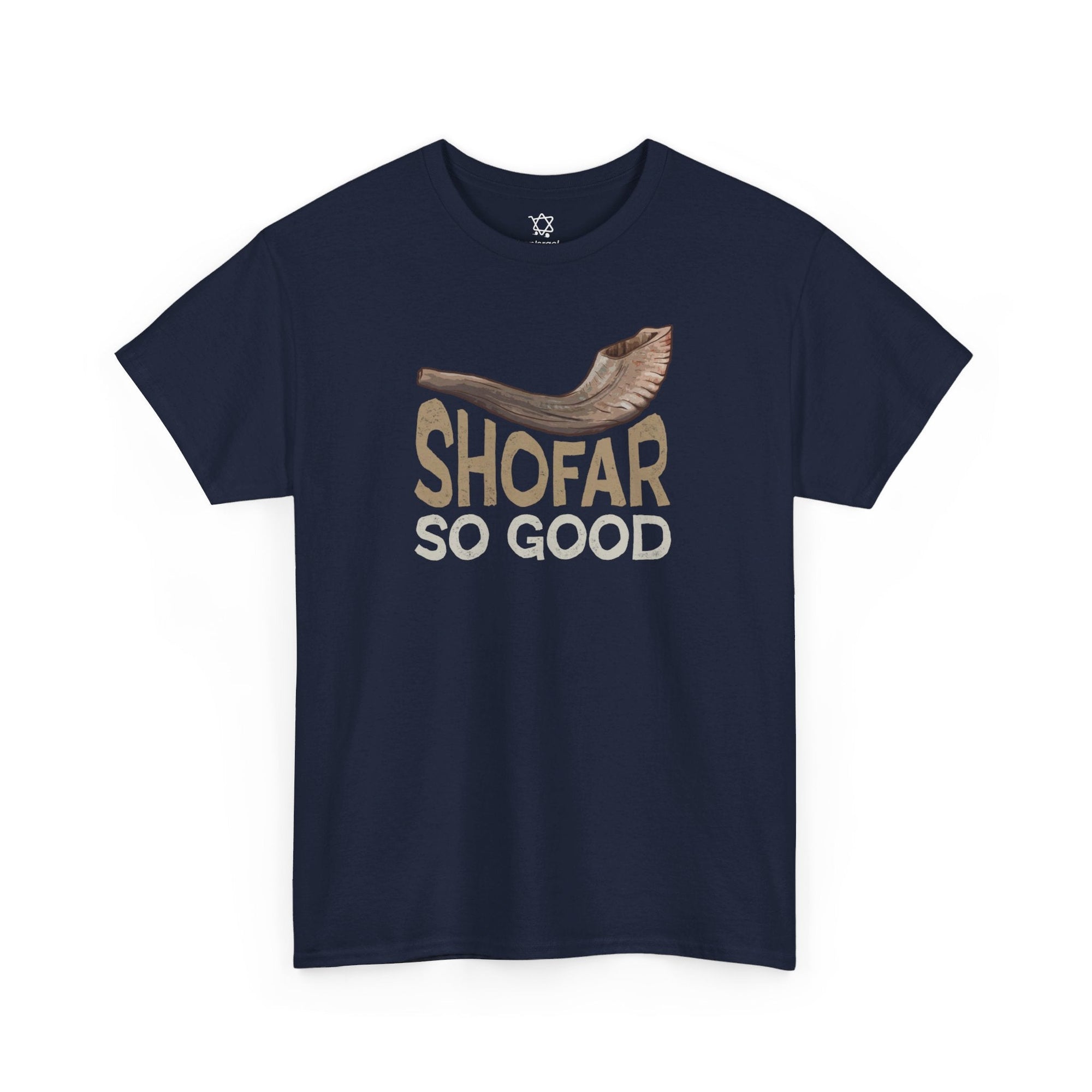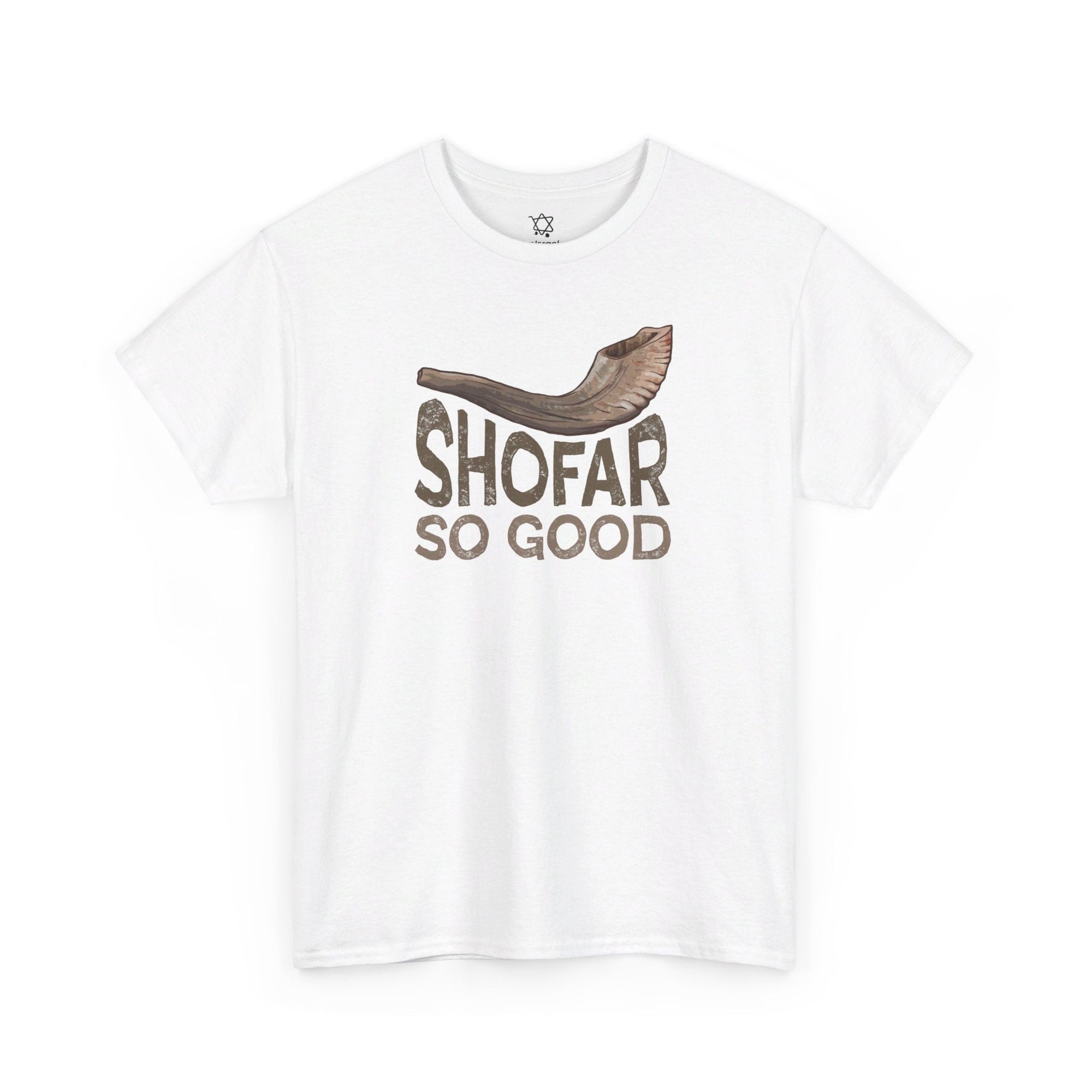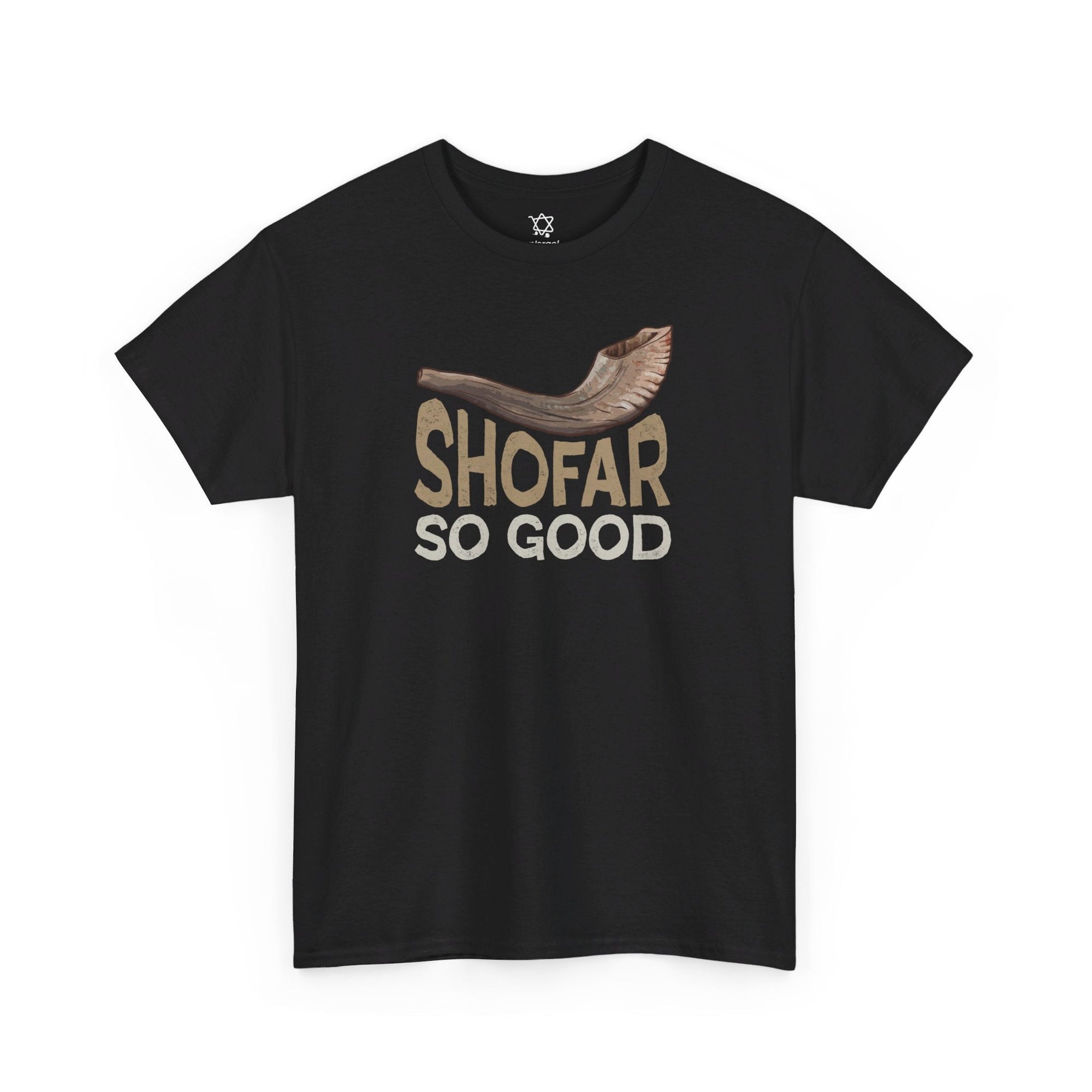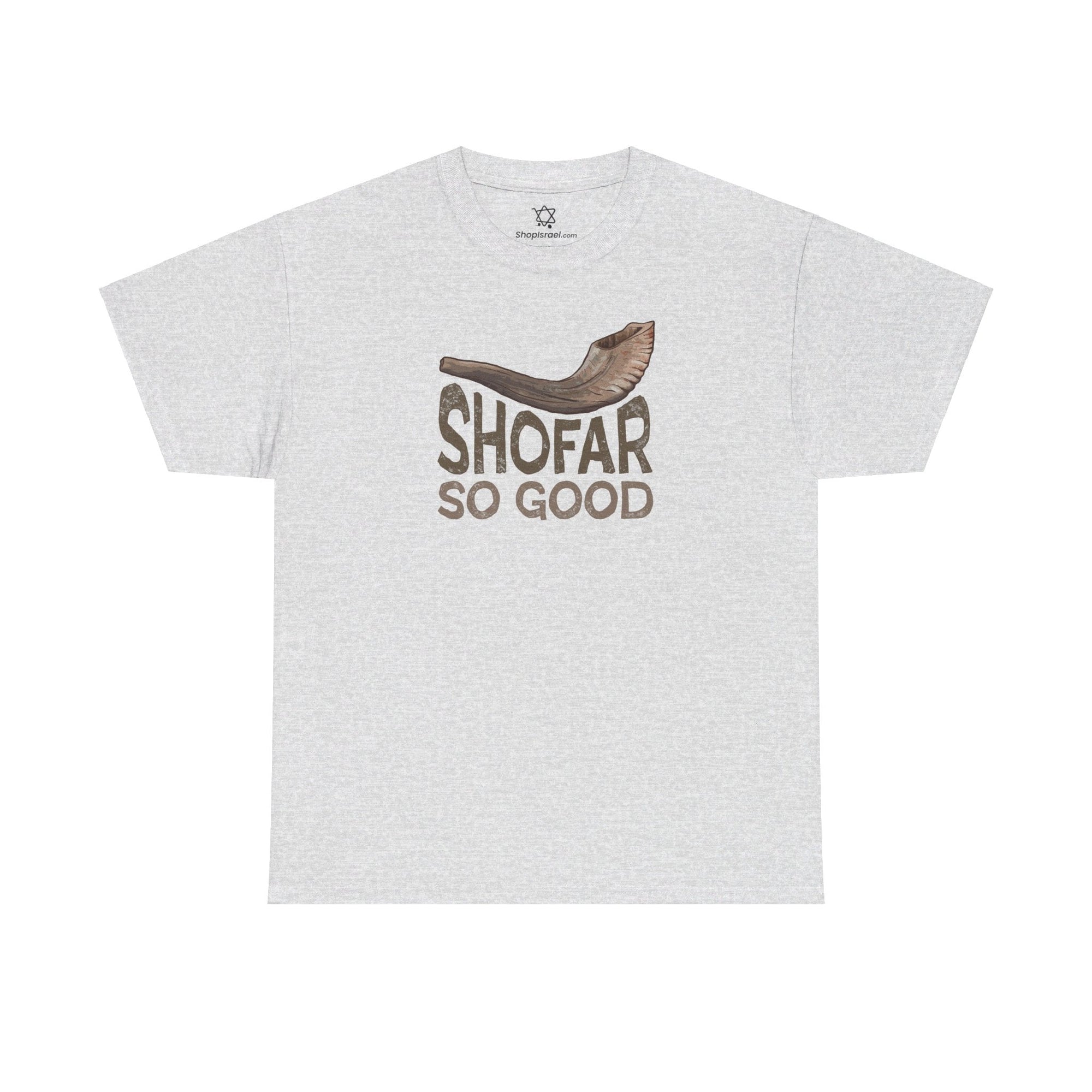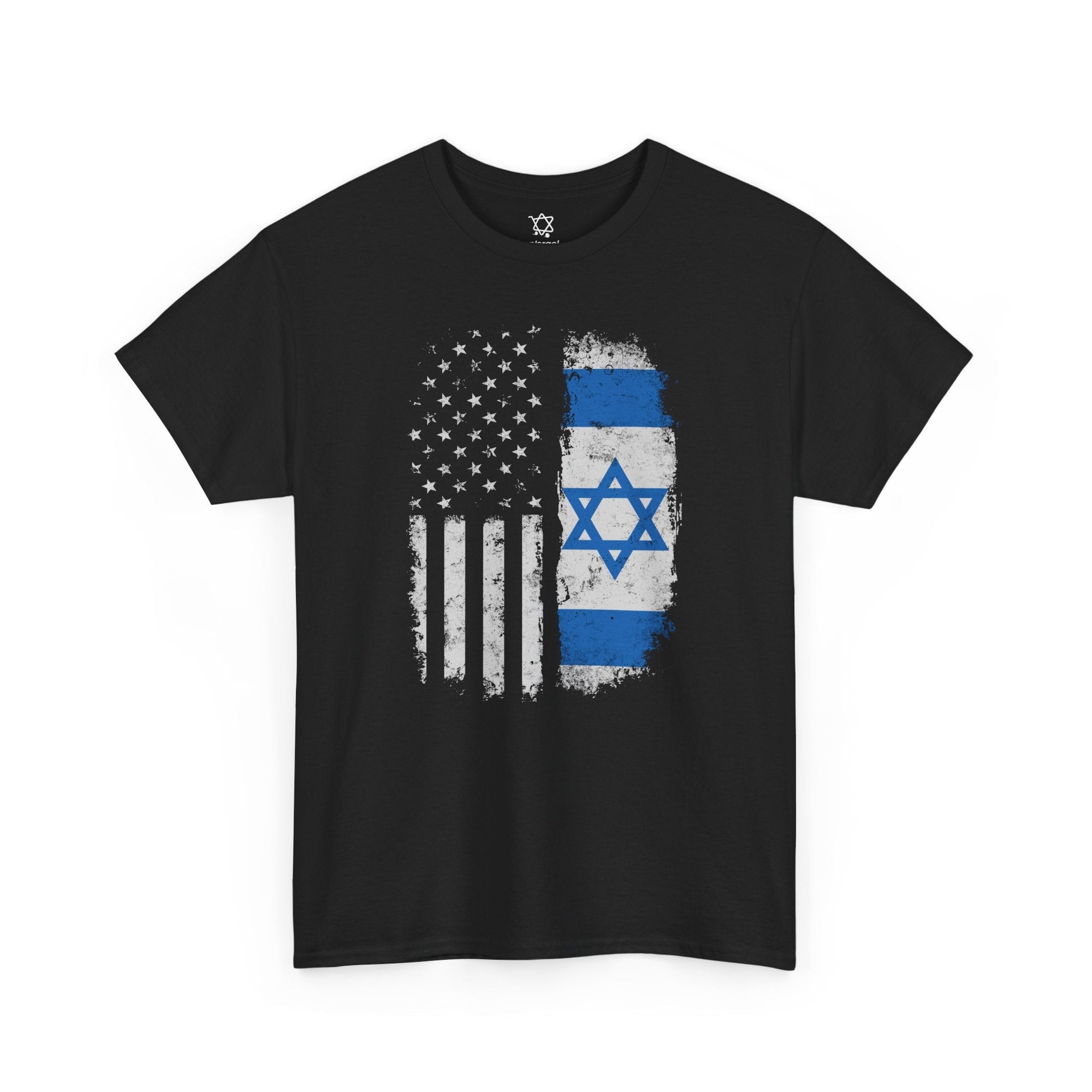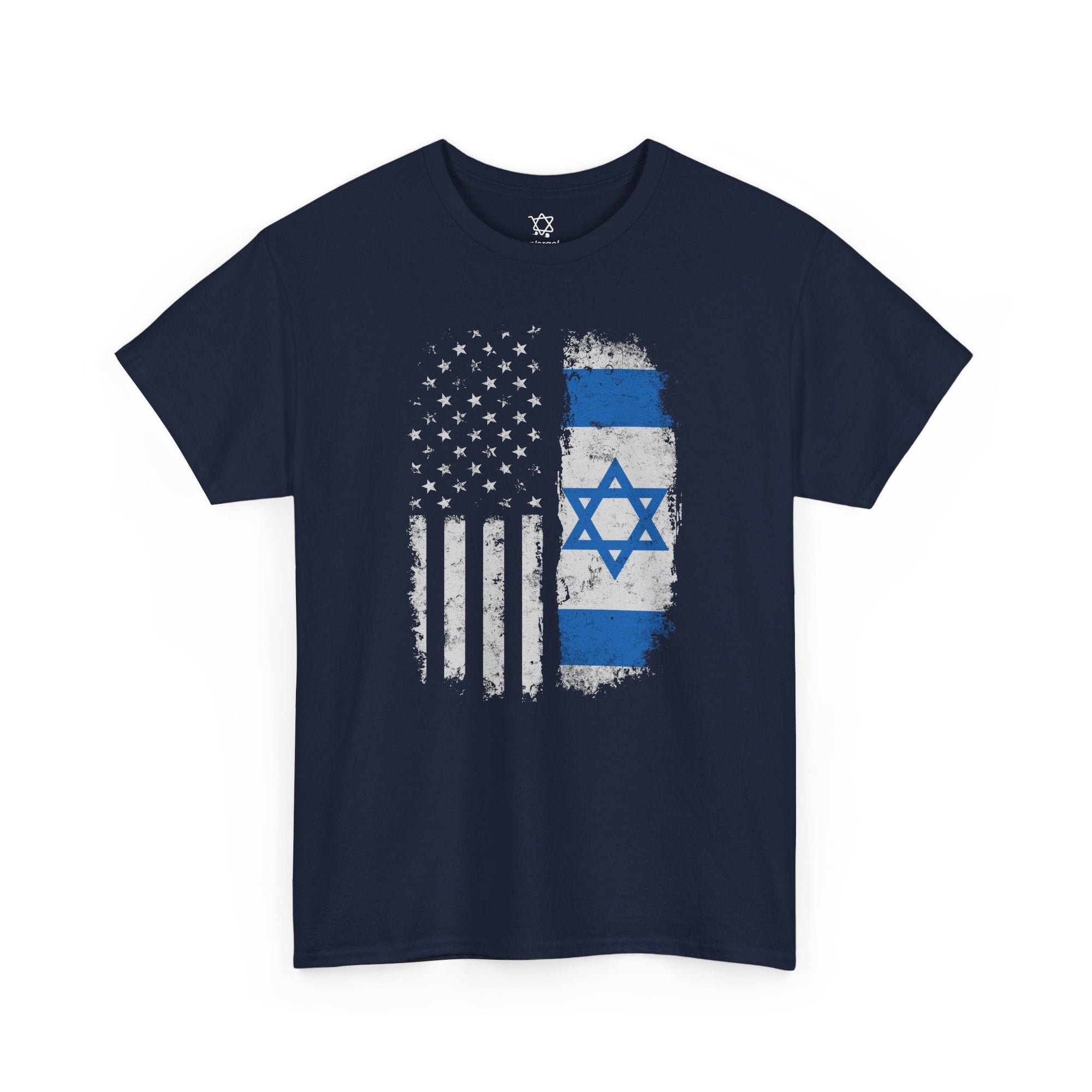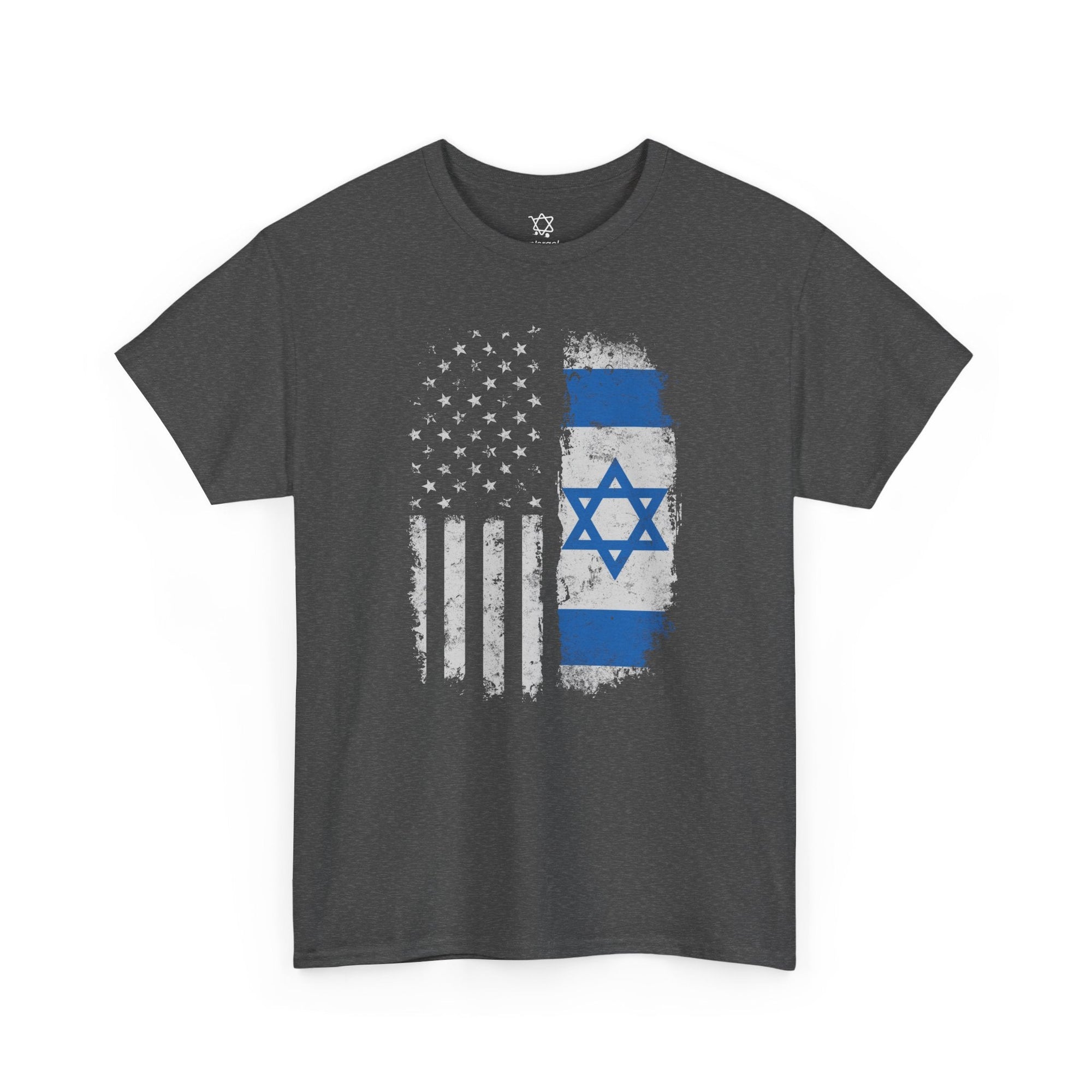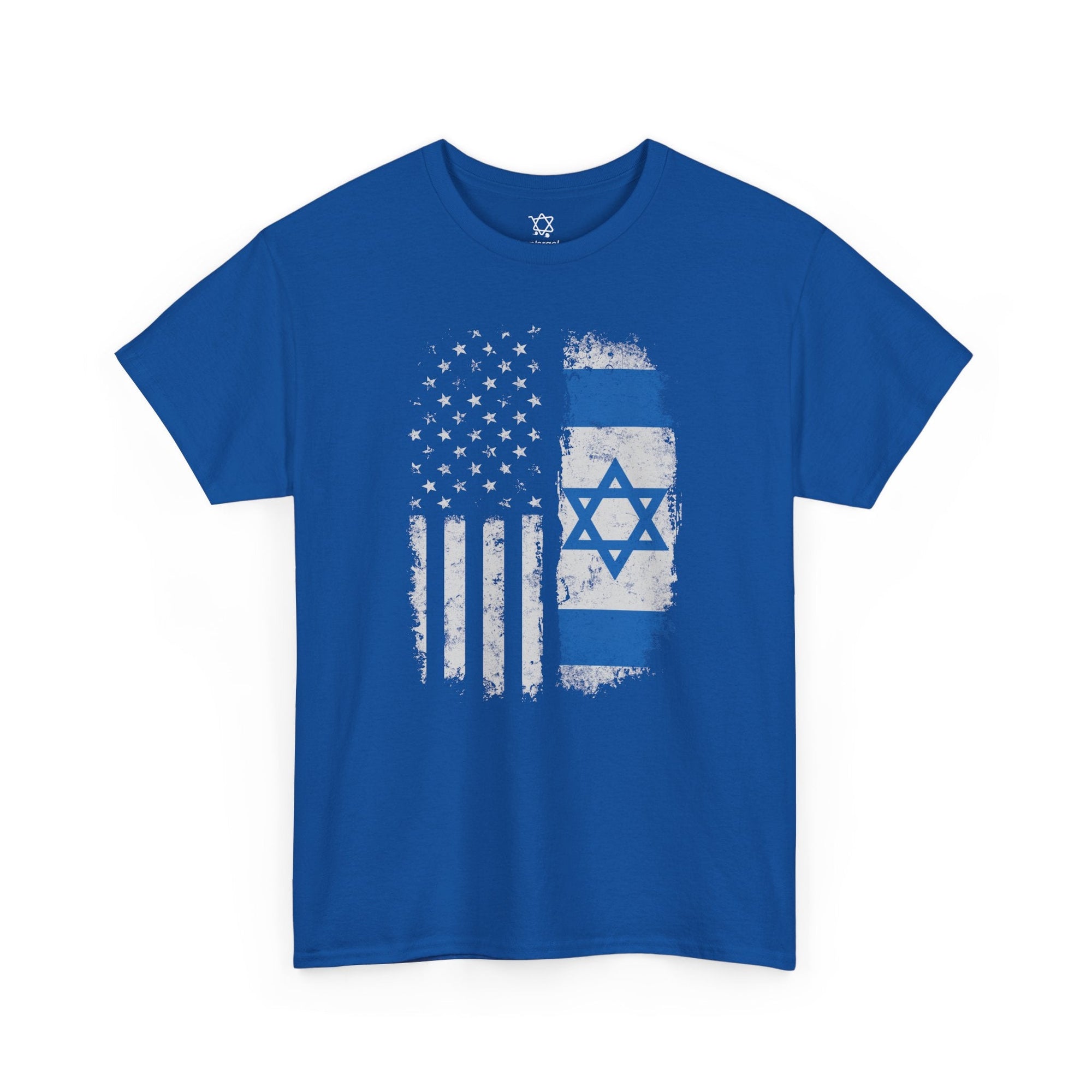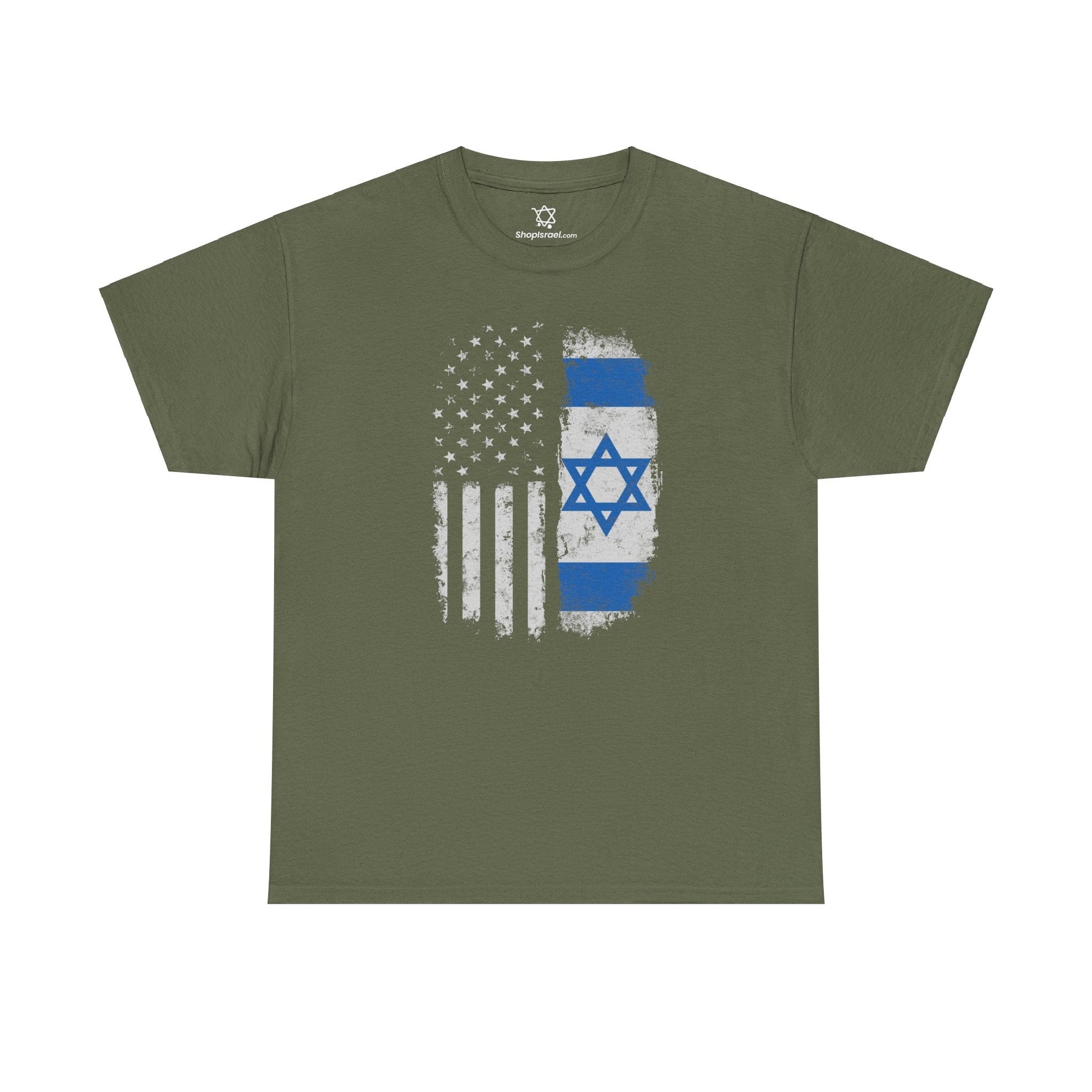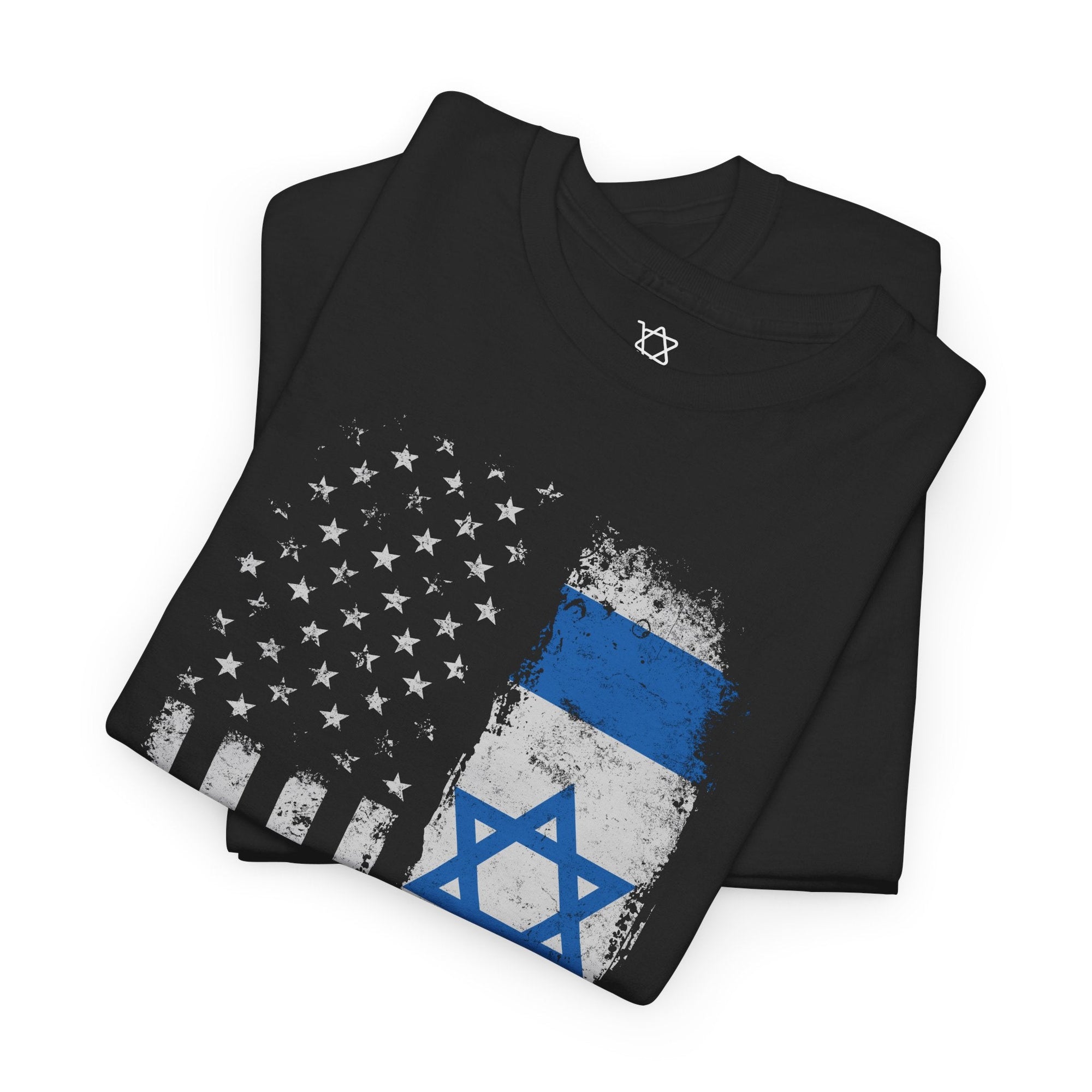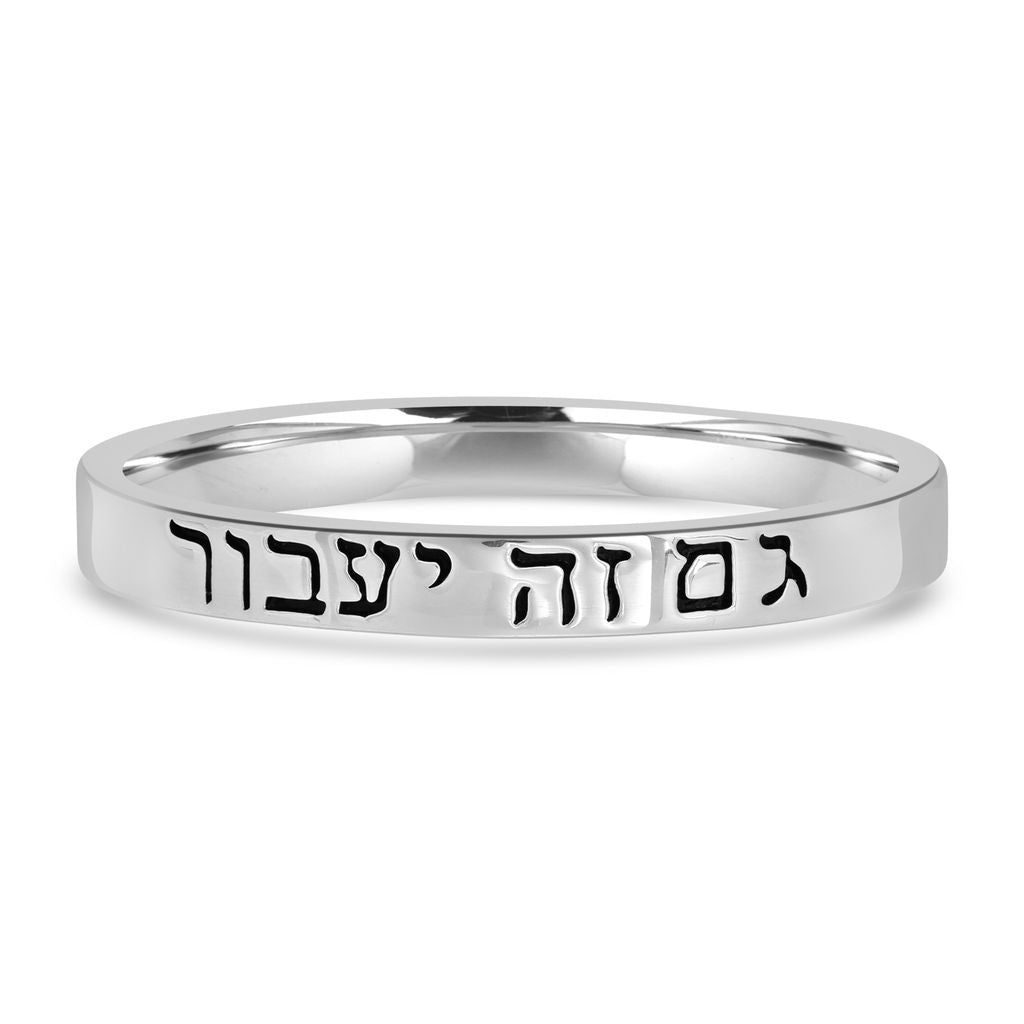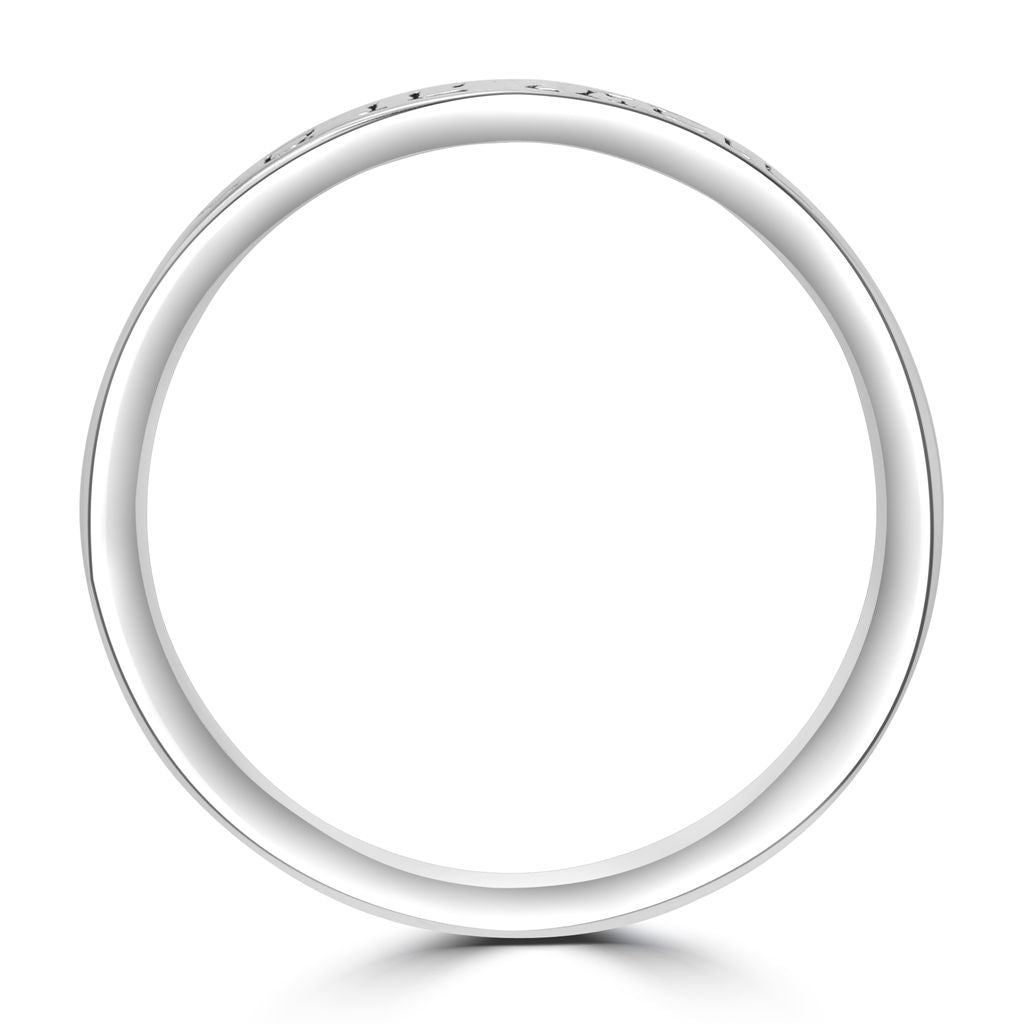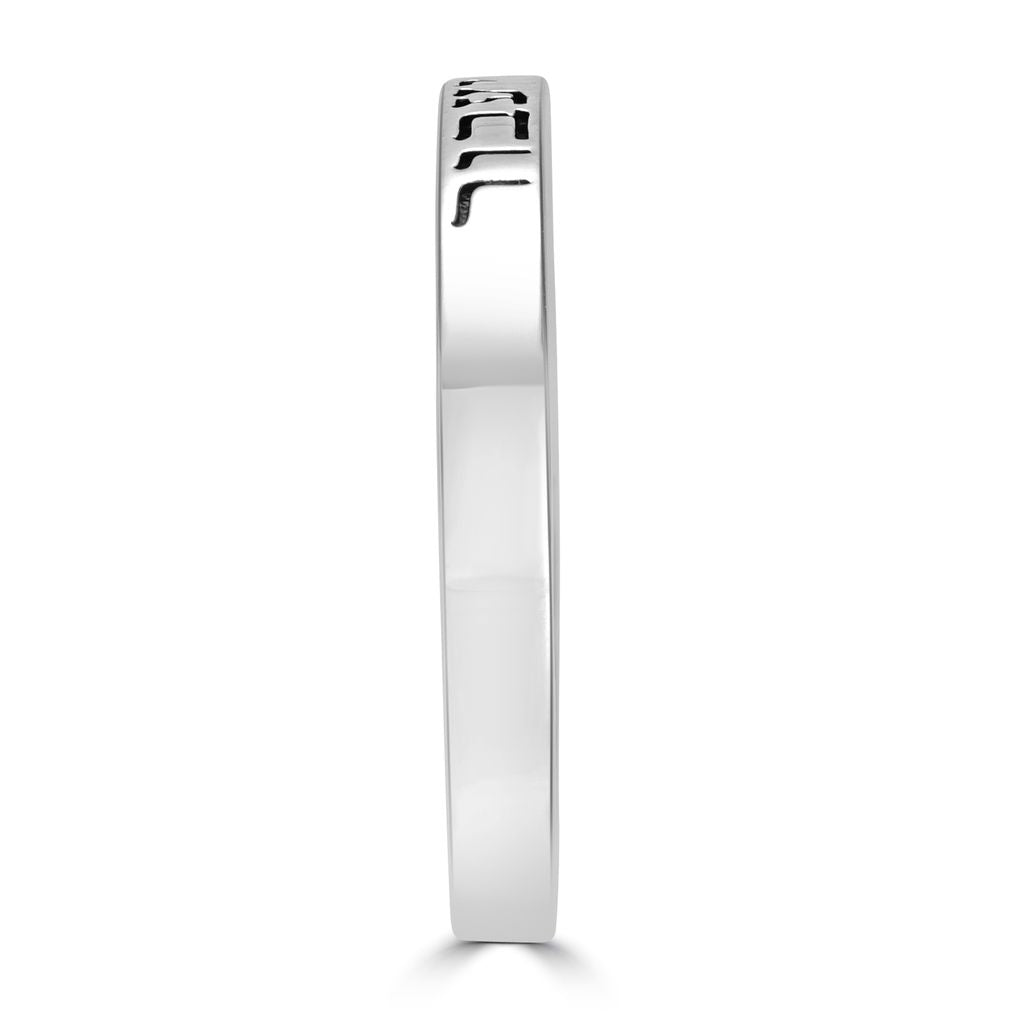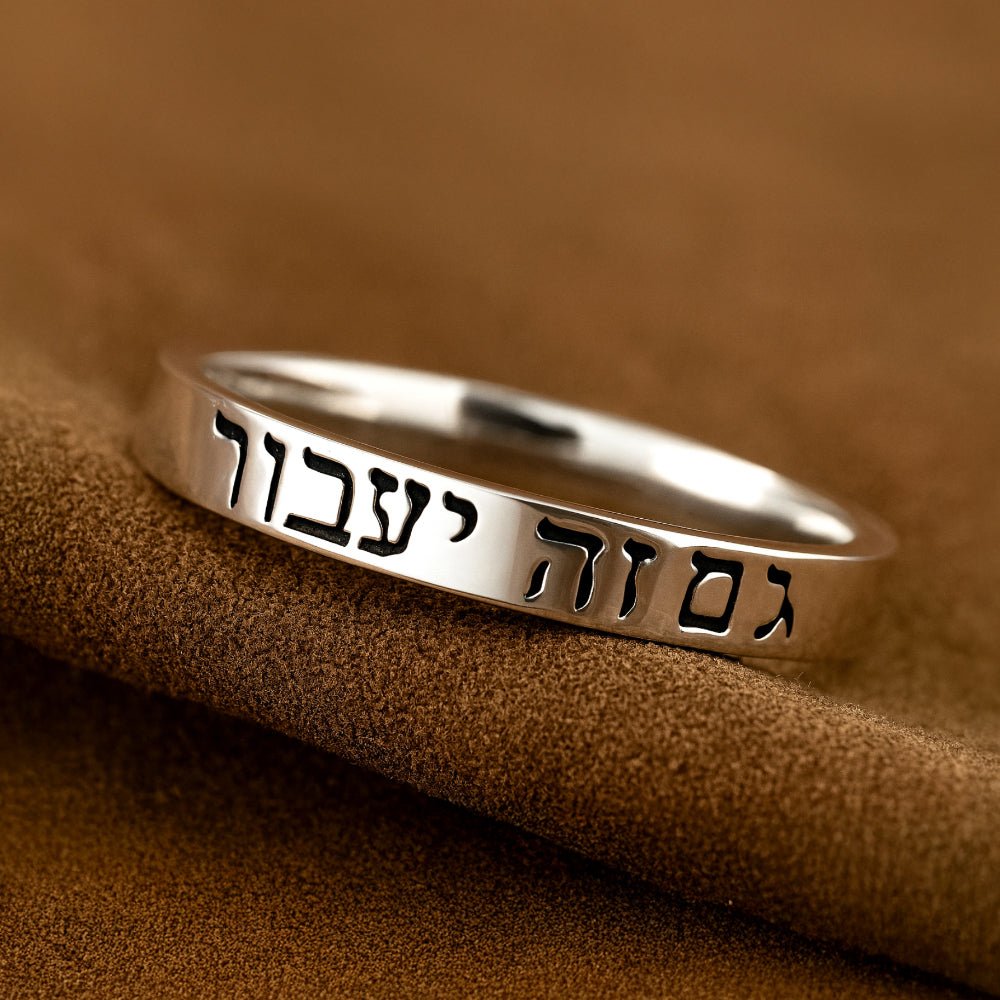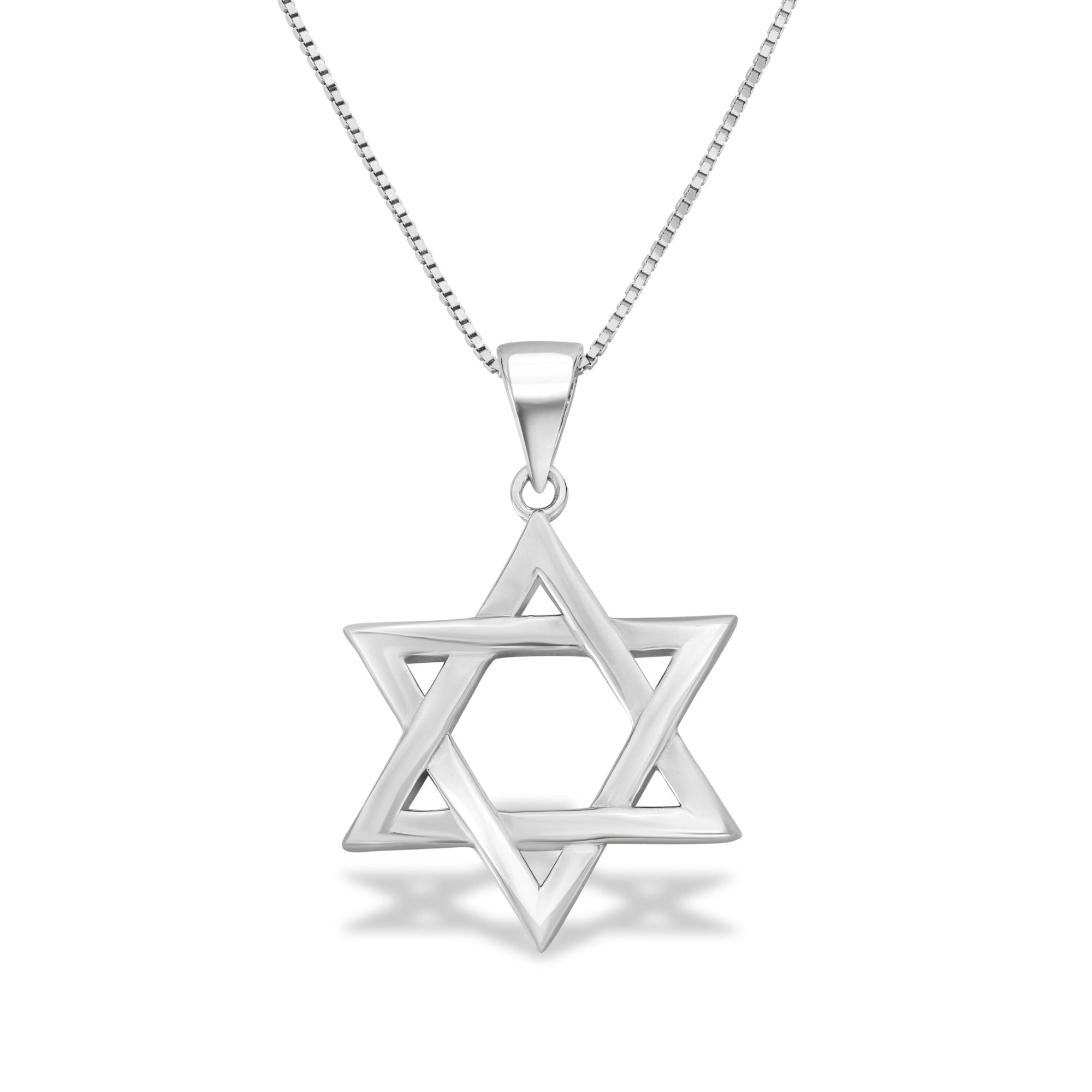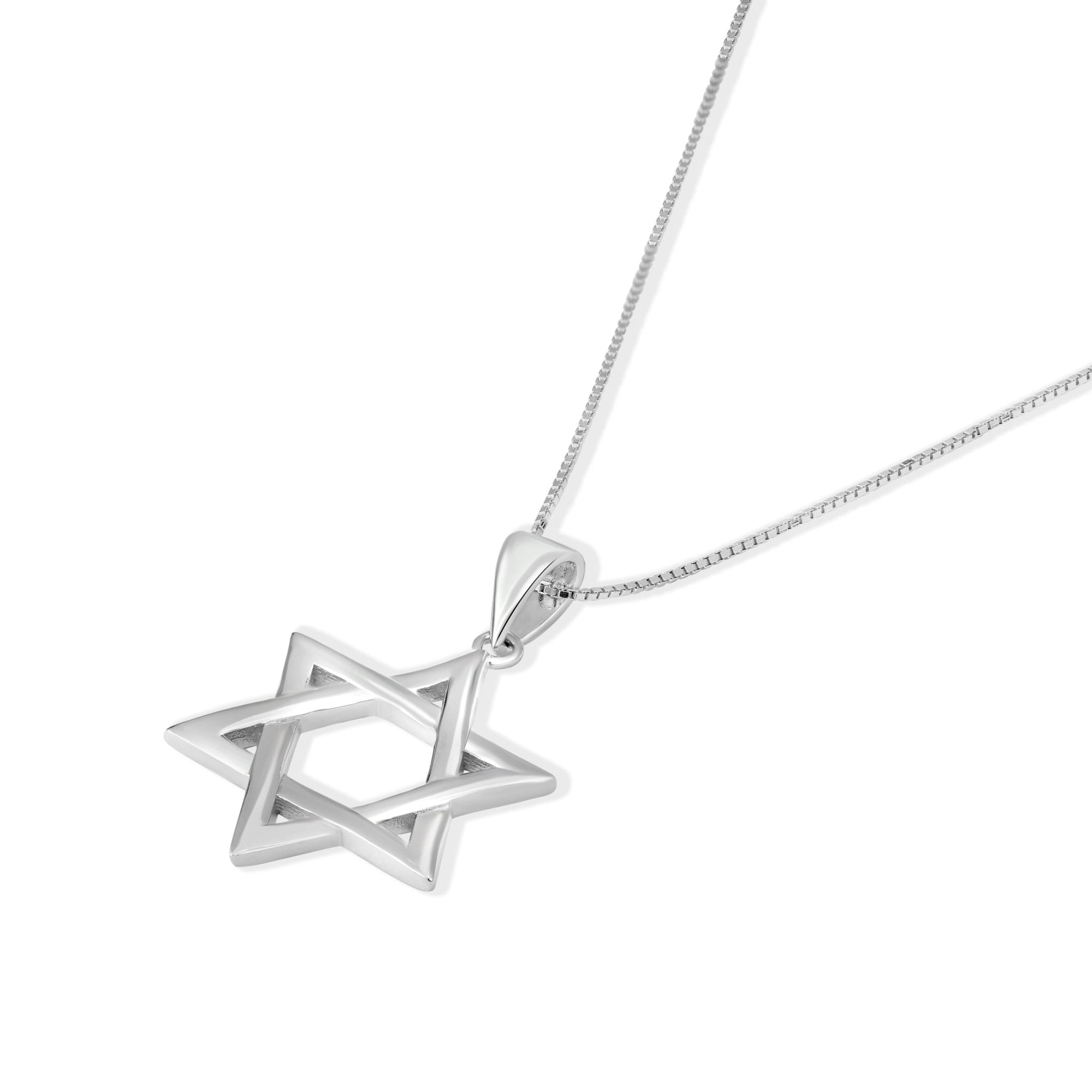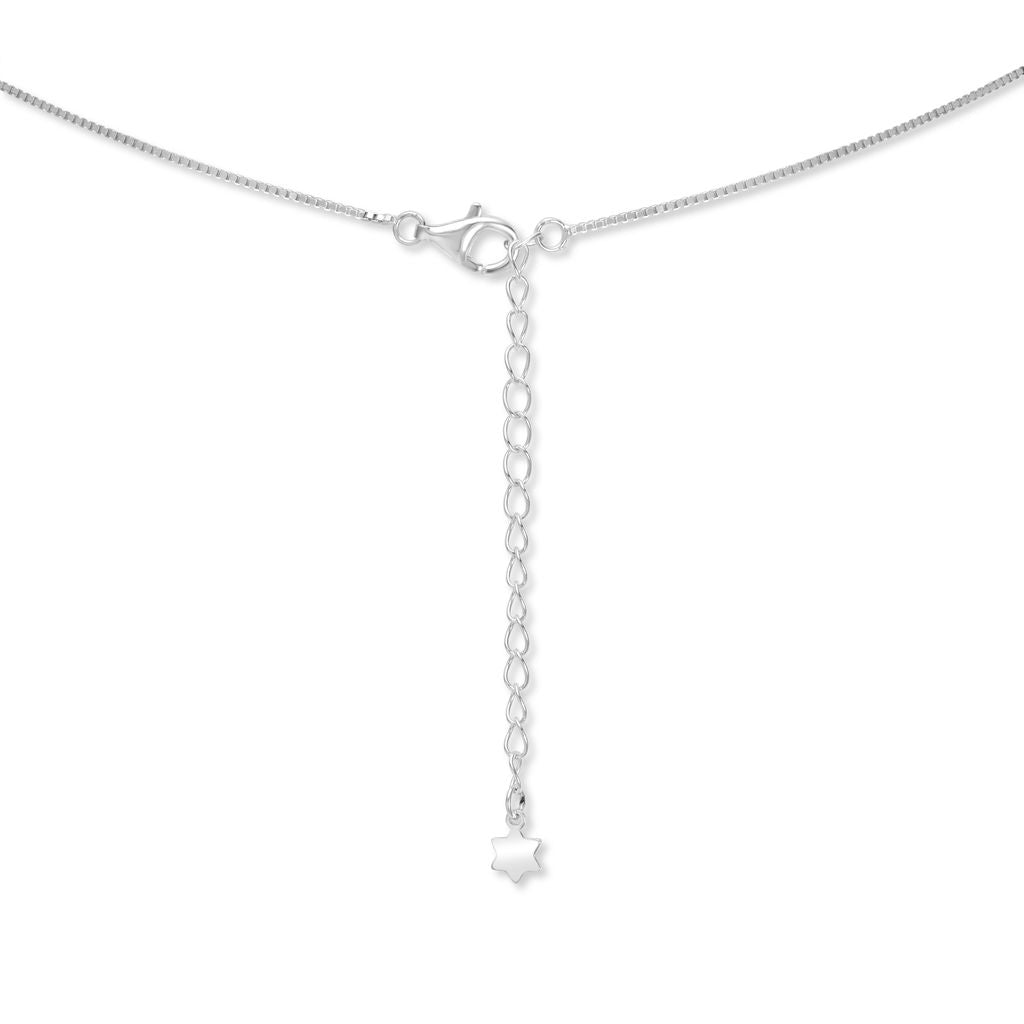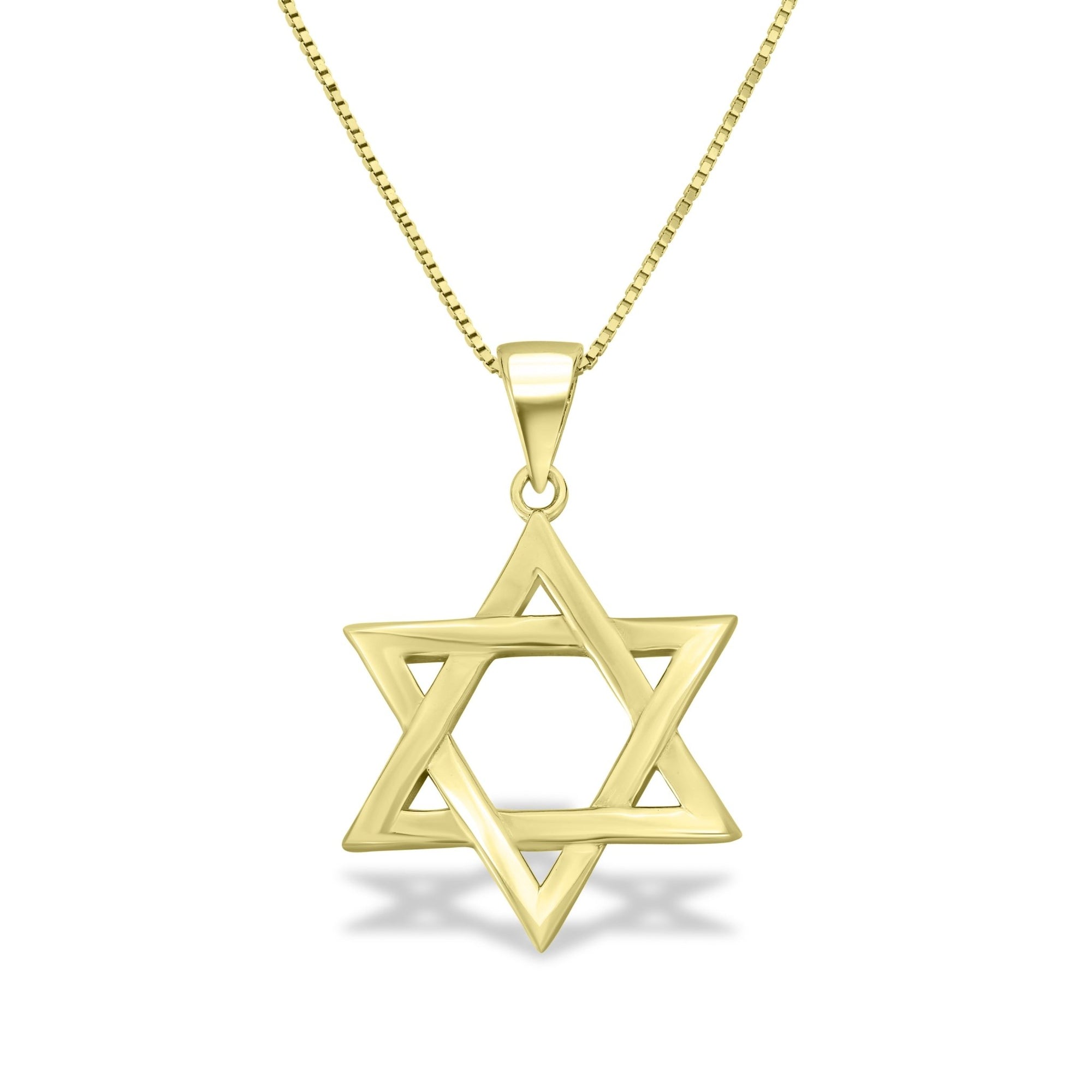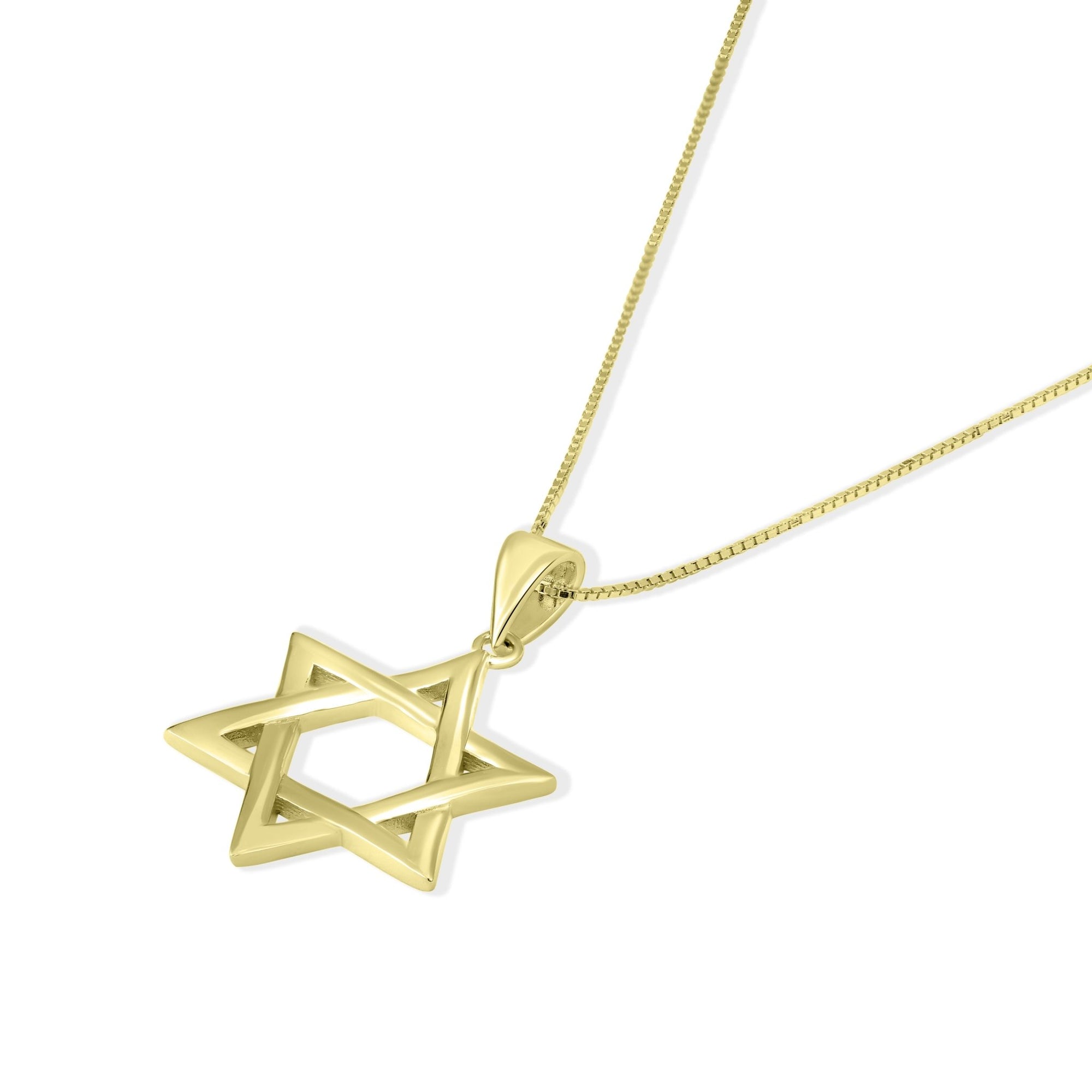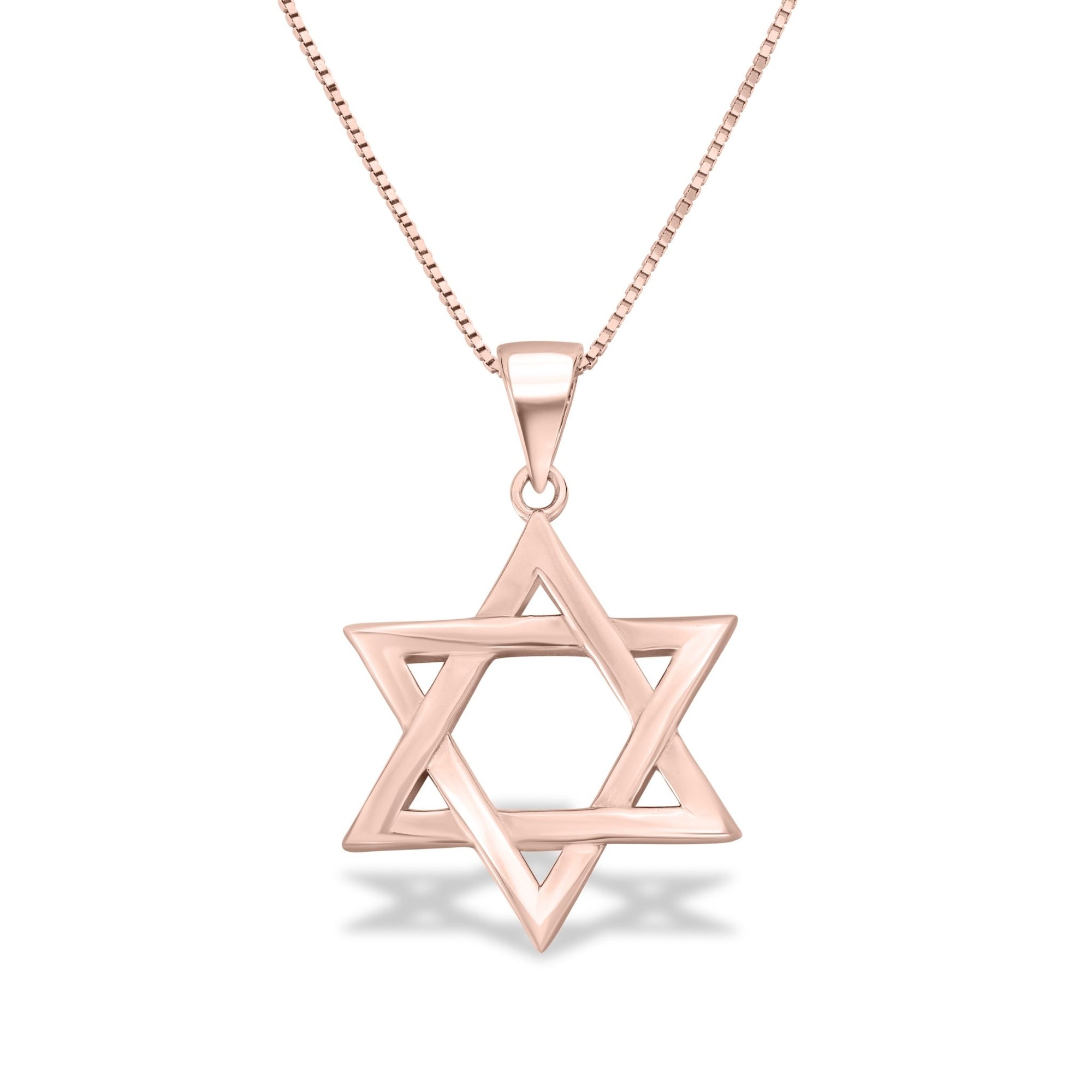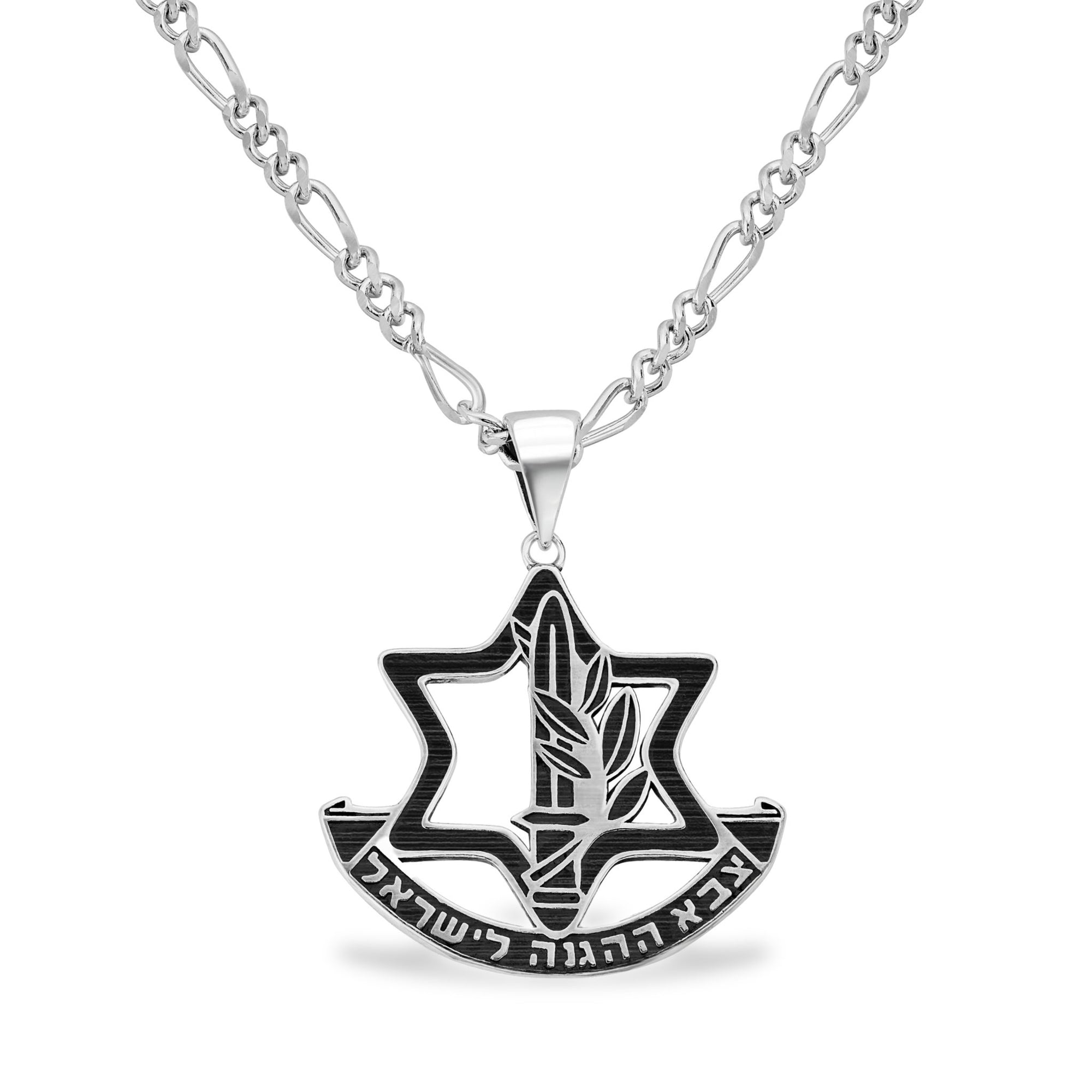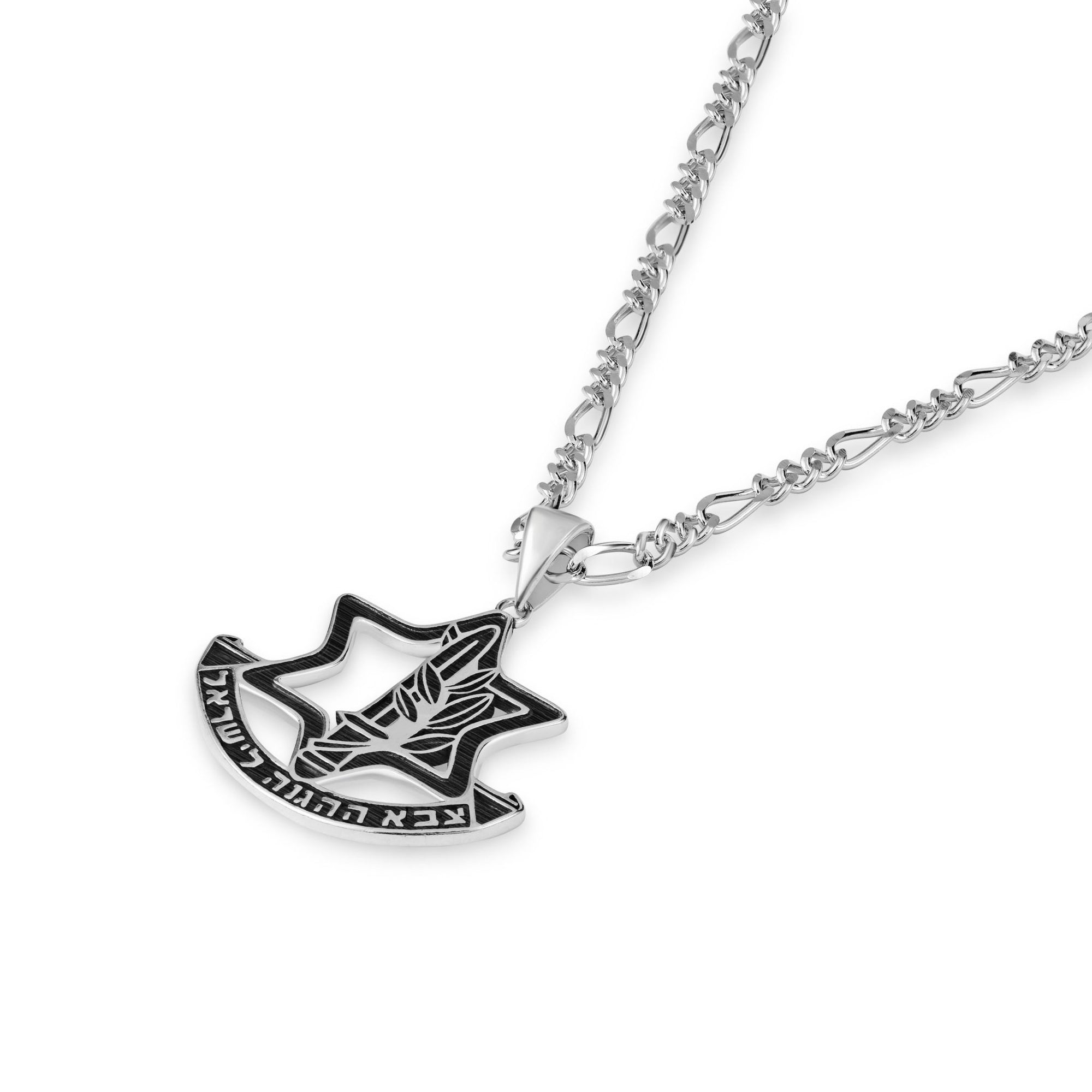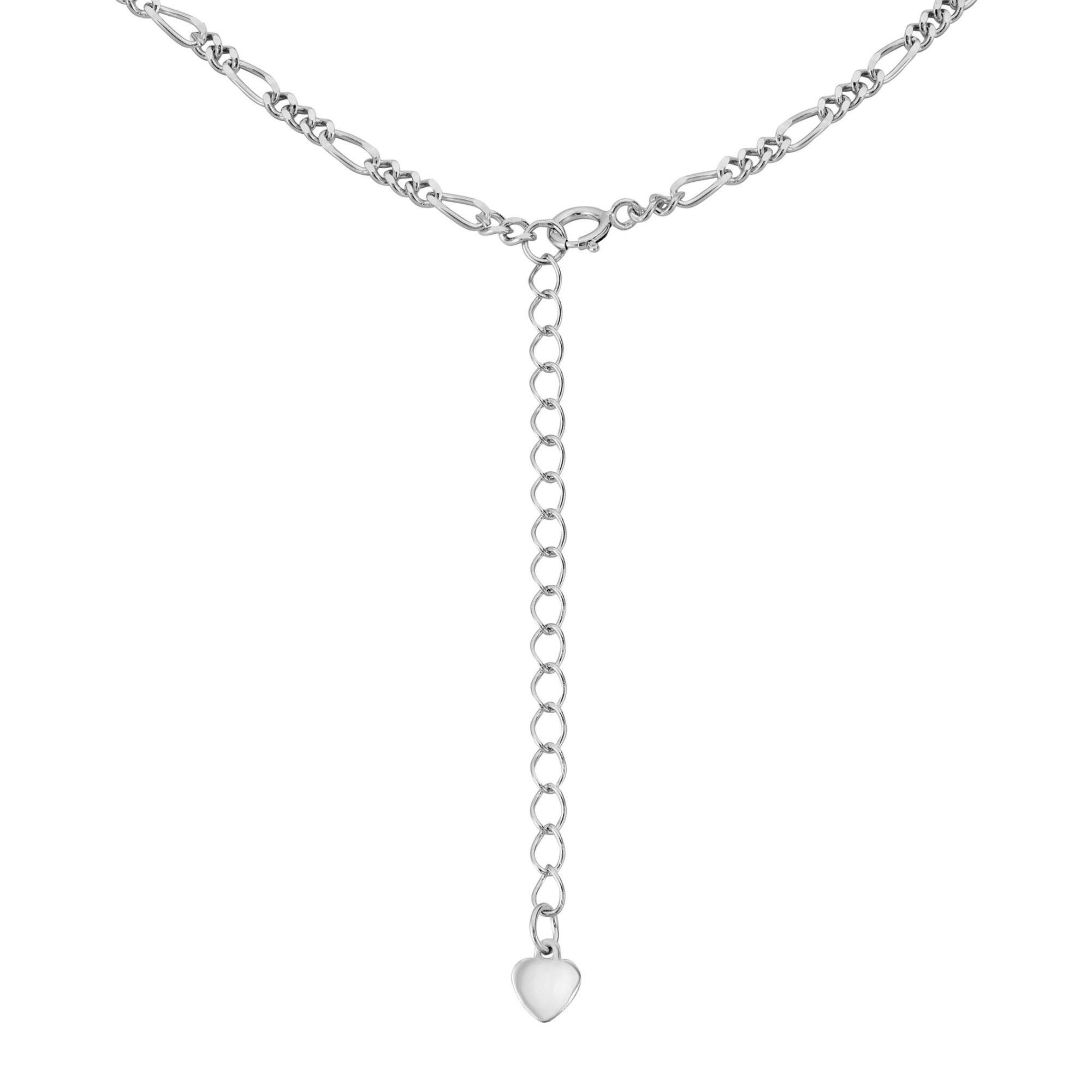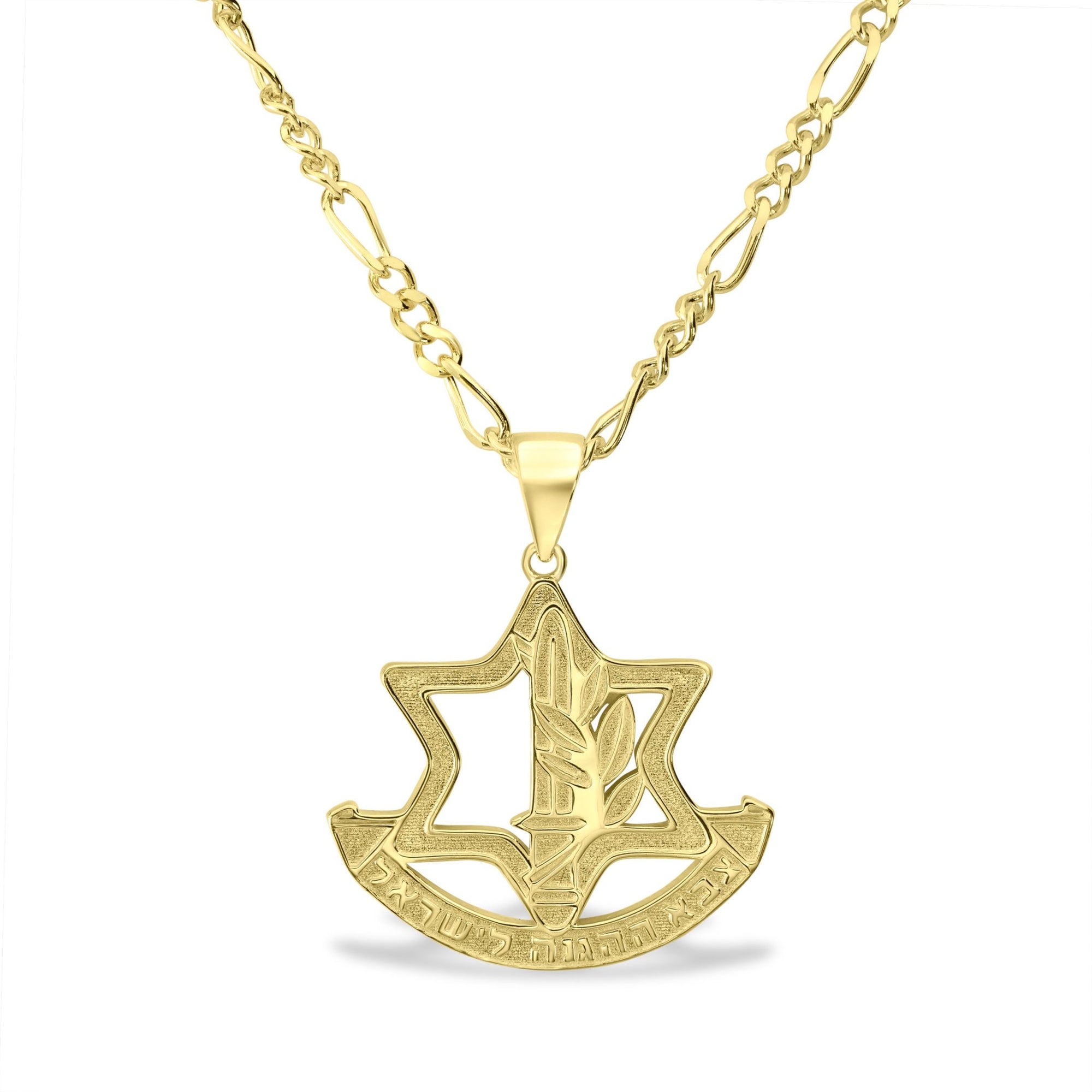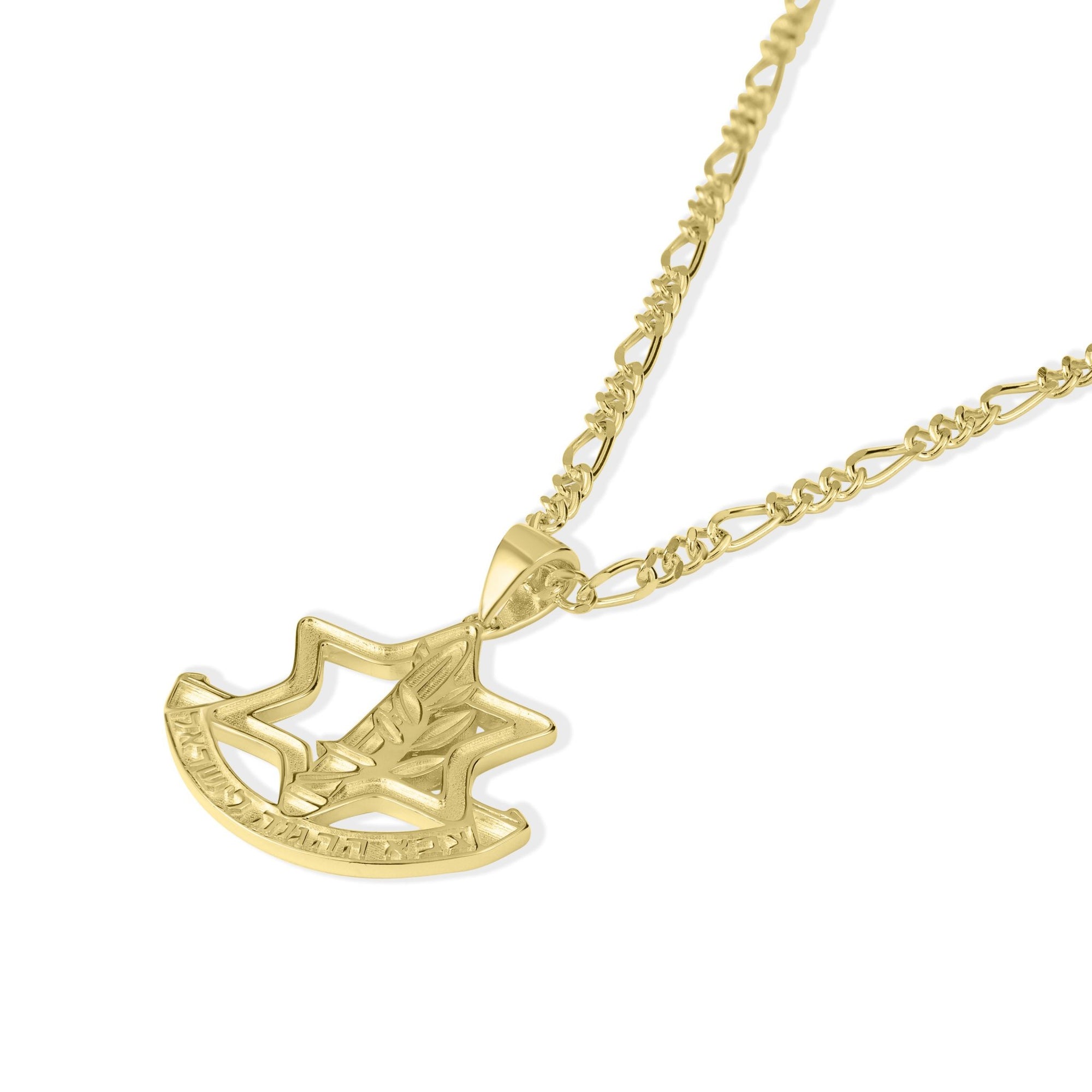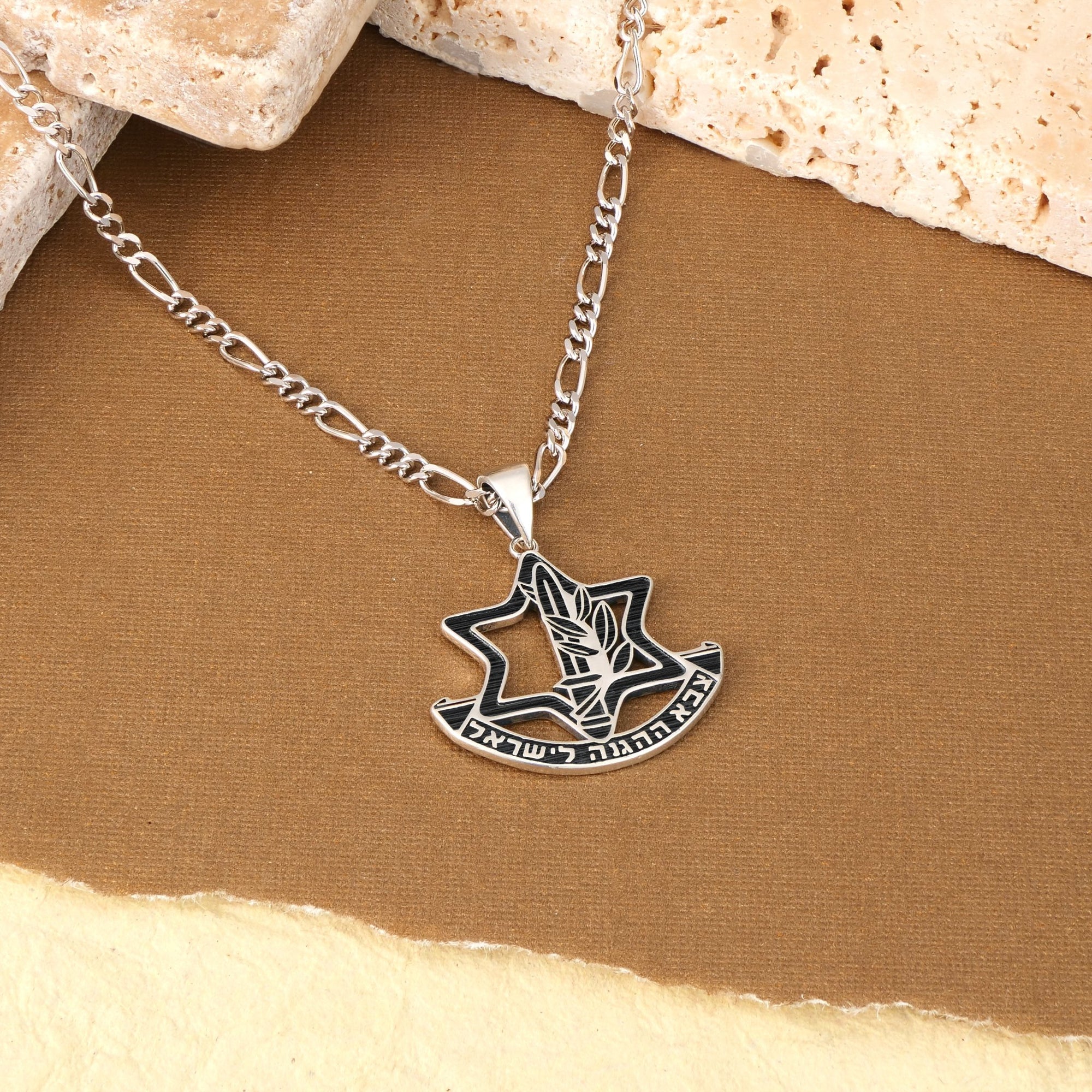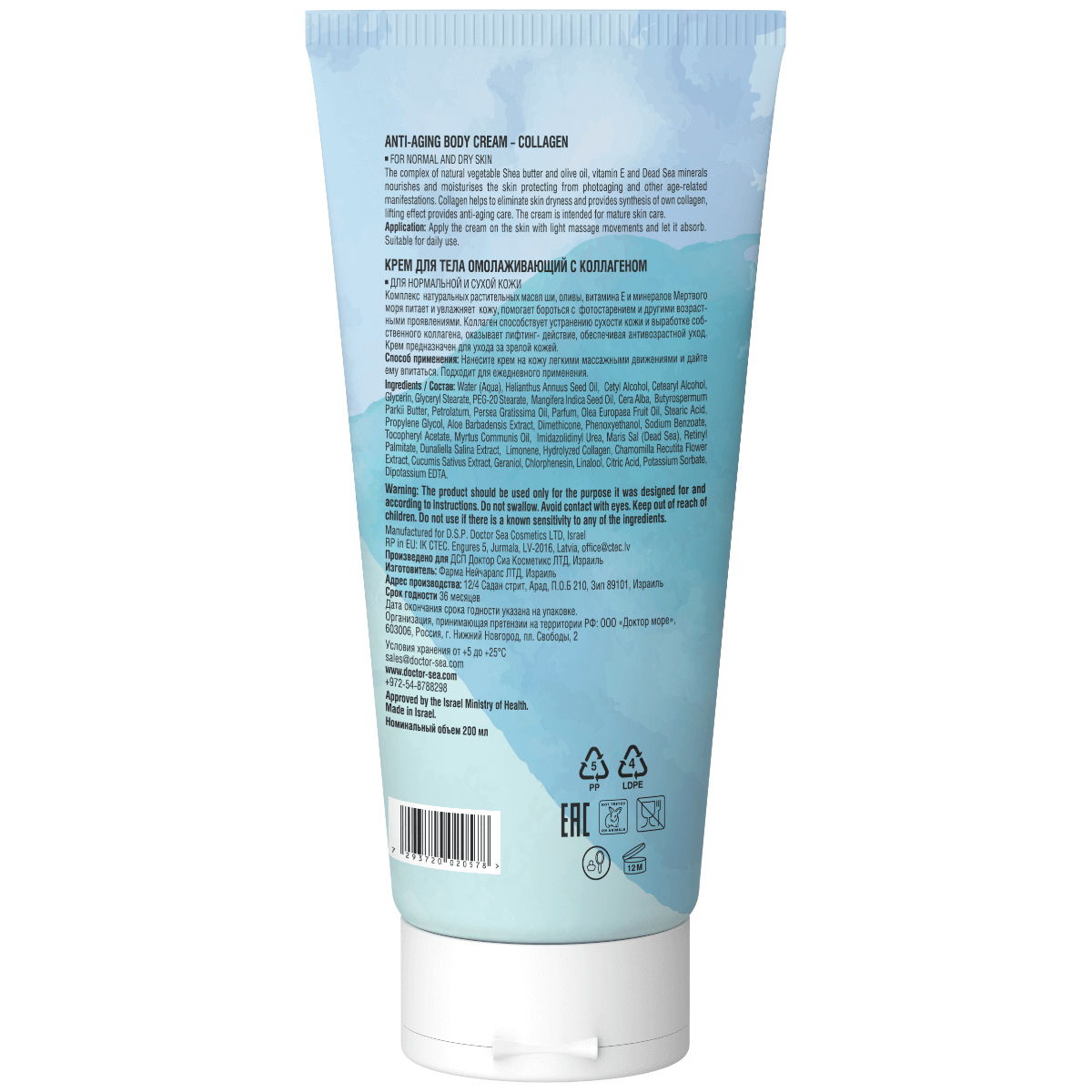The Intersection of Fashion, Identity, and Peace Advocacy
Clothing is far more than just fabric and style; it is a vibrant form of expression that tells stories, conveys beliefs, and shapes perceptions. Within the complex political and cultural landscape surrounding Israel and Palestine, Zionist and Israel-themed clothing has emerged as a compelling medium to promote peace, solidarity, and dialogue. This article explores how apparel and symbols rooted in Zionist and Israeli identity can serve as tools to express hopes for coexistence, advocate for peace, and foster mutual understanding across divided communities.
Symbolism Embedded in Zionist and Israel-Themed Clothing
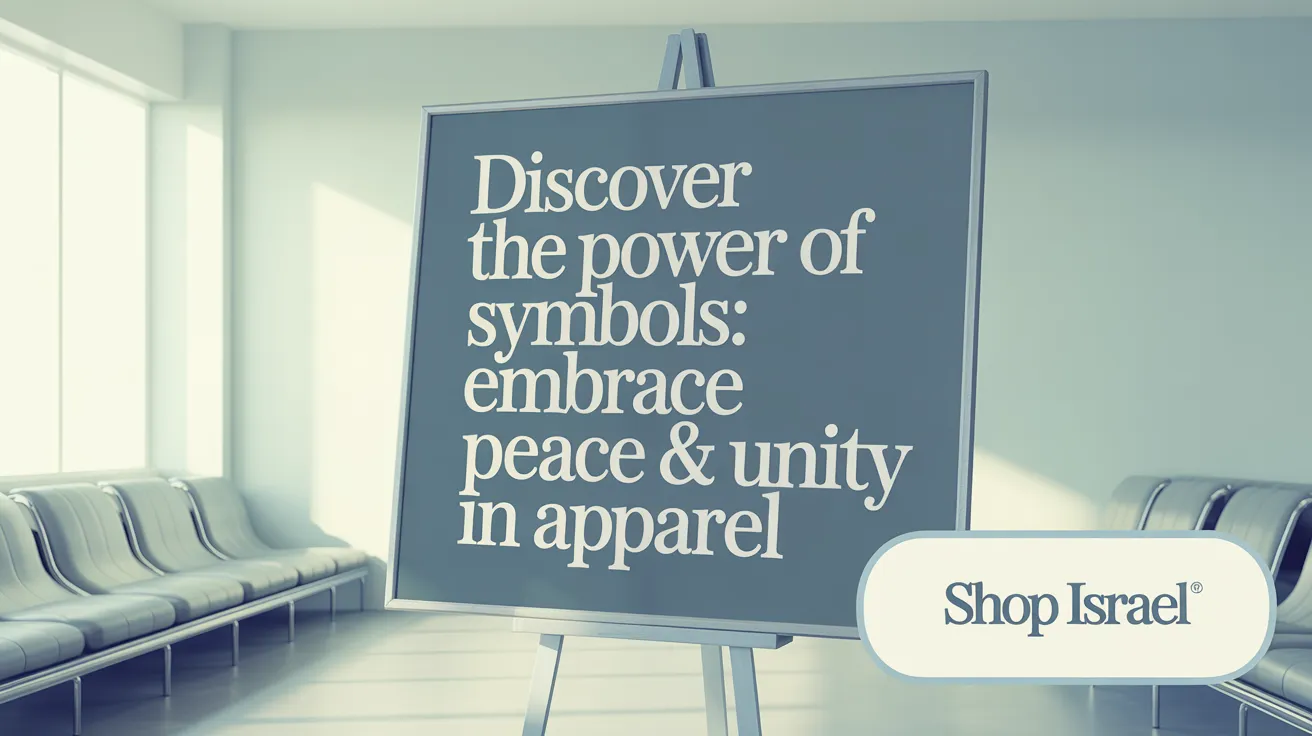
Clothing that features Zionist and Israel-themed symbols often serves as a visual language that communicates messages of hope, resilience, and the desire for peace. For example, symbols like the olive branch and olive tree are globally recognized as icons of peace and prosperity. In Palestinian culture, these symbols also represent endurance and harmony, making them powerful motifs when used alongside Israeli symbols to promote reconciliation.
Another significant motif is the keffiyeh, a traditional Palestinian headscarf. While historically associated with resistance, the keffiyeh can also be reinterpreted as a symbol of unity and shared identity, emphasizing mutual understanding rather than conflict.
Apparel incorporating the map of historic Palestine or the iconic key further conveys messages about land rights, sovereignty, and the aspiration for return. These symbols can act as gentle yet compelling calls for recognition and dialogue, fostering a culture of respect.
When thoughtfully applied, these symbols in clothing become more than fashion statements; they evolve into tools for communication that advocate for coexistence. By wearing these motifs, individuals express a desire for peace, mutual respect, and the breaking down of barriers, helping to promote narratives of shared history and hopeful futures.
How can Zionist and Israel-themed clothing symbolize or promote peace?
- Incorporating peaceful symbols such as the olive branch emphasizes hope and reconciliation.
- Reinterpreting symbols like the keffiyeh can shift perspectives toward unity.
- Using land-related imagery encourages recognition of rights and peaceful solutions.
Cultural Significance of Israel-Related Motifs
| Symbol | Cultural Significance | Peace Promotion | Additional Notes |
|---|---|---|---|
| Olive branch | Peace, prosperity, endurance | Yes | Widely recognized across cultures |
| Keffiyeh | Resistance, identity (reinterpreted as unity) | Potential reinterpretation | Historically Palestinian, now a symbol of solidarity |
| Map of Palestine | Land rights, historical recognition | Yes | Calls for acknowledgment and dialogue |
| Key | Return, ownership, hope for the future | Yes | Represents the right of return |
This approach to clothing aims to transcend political divisions by focusing on shared symbols that foster understanding, dialogue, and ultimately, peace.
The Role of Apparel and Symbols in Expressing Political and Cultural Solidarity
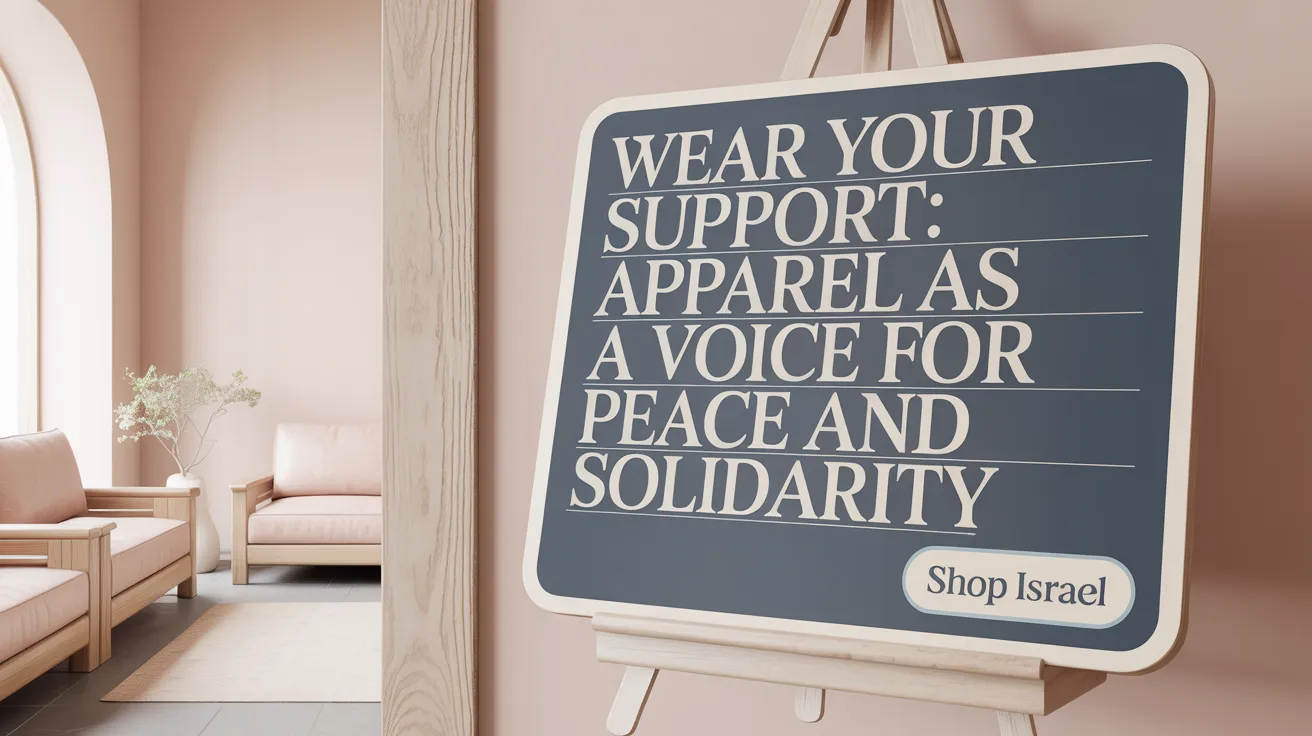
Clothing and symbols serve as powerful tools in expressing political and cultural identities, especially within conflicts like the Israeli-Palestinian issue. Wearing specific attire or displaying meaningful symbols allows individuals and groups to visibly demonstrate their support or opposition without words.
For instance, symbols such as the keffiyeh—a traditional Palestinian scarf—have transcended cultural boundaries to become symbols of resistance and unity. When people wear these items during protests or public events, they make a statement of resilience and solidarity with Palestinian communities.
In addition to traditional symbols, slogans and motifs on clothing serve to advocate for peace and raise awareness. Messages like "Free Palestine" or calls for a ceasefire are incorporated into apparel to communicate a desire for resolution. These visual messages are effective in attracting public attention and sparking conversations about ongoing conflicts.
Apparel also fosters a sense of unity among supporters. When individuals wear coordinated clothing, such as matching pins or shirts bearing peace symbols, they create a collective identity. Celebrities and political activists often leverage this visual communication to promote peace initiatives and rally community support.
Overall, apparel and symbols act as accessible, non-verbal forms of advocacy. They deepen emotional connections, inspire dialogue, and help build communities centered on shared values of peace and justice. Through these visual expressions, supporters of Israel and Palestine alike can advocate their perspectives in a peaceful and impactful manner.
Diverse Apparel and Accessories in Zionist and Israel-Themed Merchandise
What types of Zionist and Israel-supporting apparel and accessories are available?
Supporters and advocates of Zionism or Israel can choose from a broad spectrum of clothing and accessory options designed to celebrate and promote Israeli identity. These items are popular among individuals who want to display their support and solidarity.
The apparel category features T-shirts adorned with iconic Israeli symbols like the Israeli flag, the Star of David, and images of Jerusalem landmarks such as the Western Wall. These T-shirts often incorporate vibrant designs and slogans to express pride.
Accessories encompass a wide range of products. Hats embroidered with Hebrew words like "Shalom" are common, along with jewelry items such as Star of David necklaces, watches, and pins that loudly showcase support for Israel. Some accessories are more subtle, like Israeli-themed socks, phone cases, or beach towels, that bring a touch of Israeli culture to everyday life.
Many of these items also reflect support for the Israeli Defense Forces (IDF), featuring combat-inspired designs that promote pride across all age groups. Such merchandise helps fans of Israel express their connection in diverse and personalized ways, whether through casual wear, jewelry, or everyday accessories.
Below is a summary table of popular merchandise types:
| Merchandise Type | Examples | Characteristics |
|---|---|---|
| Clothing | T-shirts, hoodies, sweatshirts | Featuring flags, landmarks, slogans |
| Headgear | Hats, caps | Embroidered Hebrew words, symbols |
| Jewelry | Necklaces, earrings, pins | Star of David, symbolic designs |
| Accessories | Socks, phone cases, beach towels | Supportive, decorative, everyday use |
| Specialized Gear | IDF-inspired gear | Promotions of pride, solidarity |
This variety enables individuals to showcase their support in stylish, meaningful, and everyday ways, firmly rooting the merchandise in both cultural symbolism and personal expression.
Overview of Peace-Focused Israel Motifs and Messaging in Merchandise
Merchandise reflecting Israel-related themes and pro-peace messages often combines cultural, political, and symbolic imagery to promote dialogue, understanding, and pride. These items include a variety of apparel, accessories, and arts that carry meaningful symbols and inscriptions.
Common symbols used in apparel and accessories include the Israeli flag, peace signs, and Hebrew slogans advocating coexistence and unity. These elements serve to convey messages of hope and solidarity through everyday wear. Additionally, cultural symbols like the olive branch frequently appear, representing peace, resilience, and hope for reconciliation.
Many merchandise pieces also incorporate cultural and historical imagery that resonates with both Israelis and Palestinians. For example, traditional embroidery patterns such as tatreez highlight Palestinian heritage, stories, and identity. Maps of historic Palestine are used to emphasize historical connection and shared space. The Palestinian key symbolizes the right of return for refugees, acting as a poignant emblem of resilience and hope.
Religious and political landmarks also feature prominently. The Al-Aqsa Mosque, with its religious significance, appears on merchandise to remind viewers of the spiritual and political stakes involved. Images of shared cultural icons, like Handala — a cartoon representing Palestinian steadfastness — or watermelon motifs, which symbolize Palestinian identity and resilience, further enrich the narrative.
This blend of cultural, political, and peace symbolism in merchandise fosters dialogue and helps build a sense of cultural pride. Items with these motifs serve as mobile messages advocating for peace in a region marked by complex history and ongoing conflict. They highlight the possibility of understanding and coexistence through visual storytelling and cultural pride, making such merchandise a tool for peace activism and cultural expression.
Historical Context and Symbolic Significance in Israel-Themed Apparel
What is the background, symbolism, and significance of Israel-themed clothing in peace efforts?
Israel-themed clothing carries deep symbolic meaning rooted in cultural identity, resistance, and hopes for peace amidst ongoing conflict. Central to this are symbols like the keffiyeh, a traditional Palestinian scarf with intricate patterns. These patterns resemble land, trade routes, and perseverance, representing resilience and the connection to homeland.
The olive branch, widely recognized as a symbol of peace, often appears in garments and accessories to express desire for harmony and reconciliation. Traditional embroidery, known as tatreez, showcases specific motifs that signify cultural heritage and pride.
In addition to symbols like the keffiyeh and olive branches, apparel often features depictions of historic sites and landmarks. For example, outline maps of historic Palestine or religious sites are included to highlight shared spiritual and cultural significance. These elements serve as visual statements of identity and sovereignty.
Fashion and accessories incorporating these symbols act as tools for political expression and cultural resistance. They convey messages of solidarity, resilience, and the longing for coexistence. Such clothing pieces are not merely fashion statements but serve as visual advocacy for peace, understanding, and recognition.
Overall, Israel-themed apparel embodies the complex history, hopes, and aspirations of communities seeking peace. They play a role in fostering dialogue and unity, making them powerful symbols in peace-building efforts.
Fashion as a Medium for Political and Cultural Narratives Supporting Israel
How do fashion and apparel serve as forms of political or cultural expression supporting Israel?
Fashion and clothing are increasingly recognized as powerful tools for expressing political and cultural messages. Supporting Israel, in particular, involves using apparel to showcase solidarity, promote awareness, and engage communities.
One notable example is the campaign by Comme il faut called 'Resist Hunger.' This initiative uses symbolic designs—such as images of empty pots and multilingual messages—to highlight humanitarian issues related to the region. Such clothing acts as wearables protests, turning fashion into a conversation starter and a statement of support.
At the same time, fashion also serves as a platform for expressing support for Palestine, reflecting the complex political landscape. Designs featuring keffiyehs, Palestinian flags, and other symbols are often incorporated into runway shows, streetwear, and accessories. These sartorial choices communicate solidarity and foster dialogue about the ongoing conflict.
International fashion trends mirror these political narratives. Youth and designers worldwide engage visually with these issues through bold statements on clothing, making political support accessible and personal. In this way, fashion becomes a vibrant arena where identity and political views converge.
Fashion initiatives supporting Israel help shape public discourse. They allow individuals and brands to stand in solidarity, promote peace, and express cultural pride through creative and visible means. Overall, apparel acts not just as clothing, but as a statement and a movement, influencing how society perceives and engages with such complex geopolitical issues.
Recurring Themes and Messages in Peace-Oriented Israel-Themed Apparel
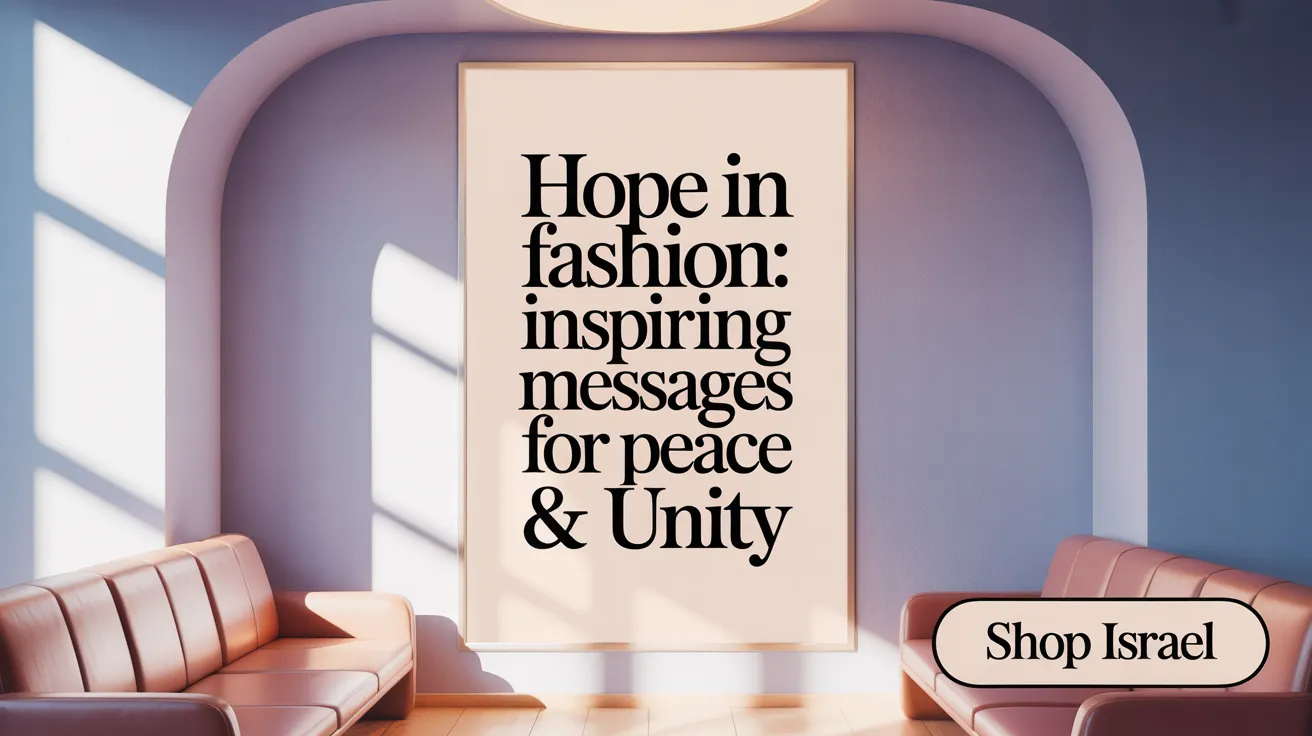
What are the common themes and messages conveyed through Israel-themed apparel aimed at fostering peace?
Israel-themed apparel designed to promote peace often centers around themes of unity and hope. These messages serve to inspire individuals to look beyond regional and cultural differences, fostering a sense of collective harmony. Clothing items may feature phrases or symbols that emphasize mutual respect and understanding among diverse communities, advocating for dialogue and cooperation.
Among the most prevalent symbols are doves, representing peace; olive branches, a universal emblem of reconciliation; and interlinked hands, symbolizing solidarity and cooperation. These visuals reinforce the idea that peaceful coexistence is achievable through mutual effort.
Many designs also blend cultural pride with messages of peace, encouraging wearers to take pride in their heritage while supporting efforts for regional stability. This approach helps to bridge divides, showing that hope for a peaceful future is shared across communities.
Overall, Israel-themed apparel with a peace focus functions as a wearable expression of optimism. It promotes a message of solidarity and invites others to participate in building a more inclusive and harmonious society. These clothes serve not just as fashion, but as a statement of belief in the power of dialogue and understanding to transform conflicts into opportunities for peace.
The Importance of Visible Symbols in Peace Advocacy within Zionist and Israeli Communities
In peace advocacy, outward symbols and clothing act as visual language, conveying underlying values and fostering a sense of solidarity among supporters. In the context of Zionist and Israeli communities, these symbols often serve to express hope, remembrance, and unity, even amid complex political debates.
For instance, the watermelon has become a powerful symbol used by activists to show support for Palestinian issues. Its distinctive appearance makes it an accessible icon that communicates a message of solidarity across cultural divides without needing words. Similarly, ribbons—often worn to mark the plight of Israeli hostages—provide a non-verbal way to raise awareness and deepen emotional connections.
Flags, whether Israeli or Palestinian, also carry significant weight. They help groups visually assert their identity and political stance. However, because flags are strongly associated with nationalism, their display can sometimes be contentious or debated, reflecting broader conflicts over identity and territory.
Items like red hand pins or dog tags are another example of outward expressions used to evoke shared trauma and compassion. These symbols create a bond among supporters by visually representing collective histories and aspirations for peace.
Role of Outward Expressions in Complex Political Contexts
In environments where political positions are deeply polarized, outward symbols allow advocates to communicate their intentions clearly and peacefully. They help bridge gaps by emphasizing shared human values over divisive rhetoric. Wearing symbols that reflect peace and empathy can also foster dialogue by making it easier to initiate conversations and challenge stereotypes.
Overall, visible symbols serve as accessible entry points for advocacy, making complex political messages more understandable and emotionally resonant. They shape group identity, influence public perception, and support efforts towards peace in highly charged settings.
| Symbol Type | Common Example | Purpose | Impact |
|---|---|---|---|
| Food Items | Watermelon | Show support for Palestinians | Raises awareness in a friendly, non-confrontational manner |
| Ribbons | Colored ribbons for hostages | Highlight issues and foster empathy | Deepens emotional connection among supporters |
| Flags | Israeli and Palestinian flags | Assert identity and political stance | Can be contentious but direct |
| Pins and Tags | Red hand pins, dog tags | Evoke shared trauma and unity | Promote solidarity and remembrance |
Through these symbols, advocates navigate complex interactions, expressing peace goals visually and emotionally, helping to humanize and de-escalate sometimes tense debates.
Current Trends and Considerations for Selecting Peace-Promoting Israel-Themed Clothing
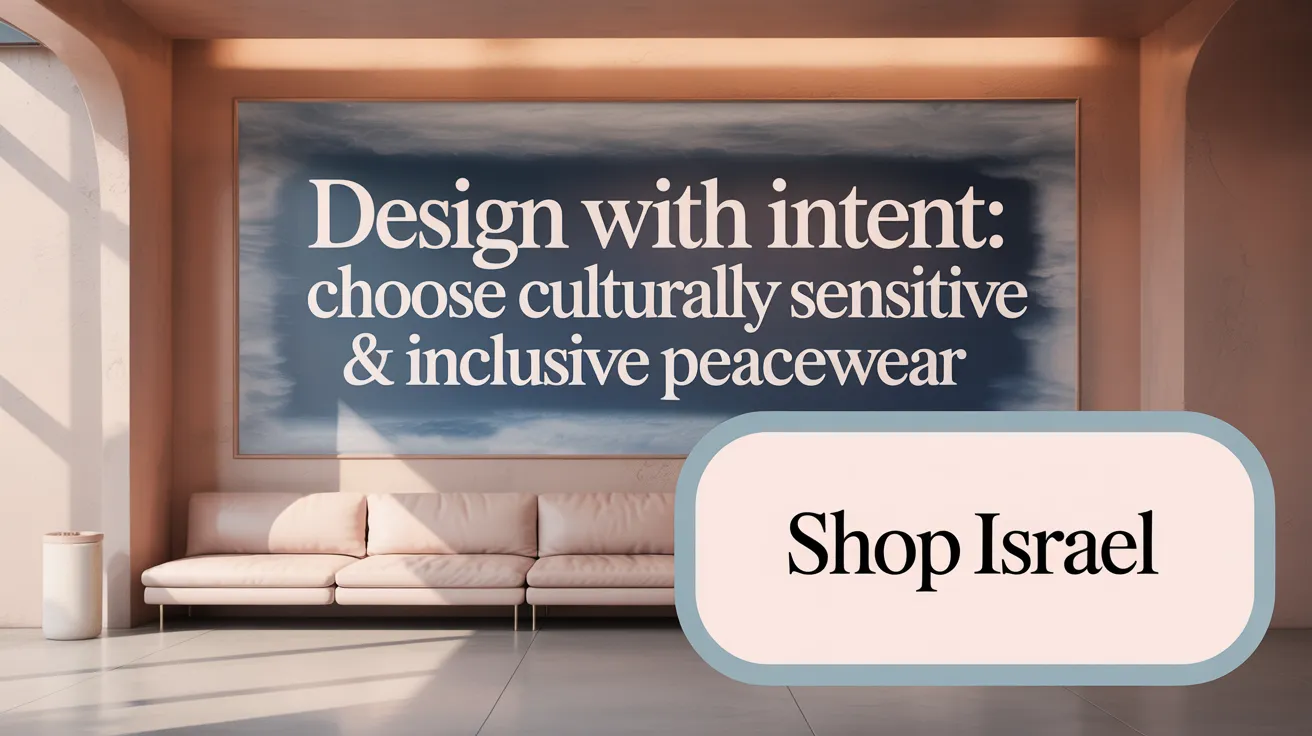
What trends and considerations should be kept in mind when choosing Zionist and Israel-themed clothing to promote peace?
When selecting clothing that features Zionist and Israel-related themes with the goal of promoting peace, it is essential to focus on cultural sensitivity and authenticity. This means choosing symbols and messages that are respectful, meaningful, and accurately represent the cultural and historical significance behind them.
Incorporating symbols such as the Star of David, olive branches, and images of national landscapes or landmarks can foster a sense of unity and positive identity. These elements should be used thoughtfully to avoid misinterpretations or cultural insensitivity.
Current fashion trends favor minimalist, comfortable, and versatile clothing styles. These styles are more likely to appeal to a wide audience, especially when they can easily be integrated into everyday wear. Modest clothing options and accessible designs are also important to reach diverse groups and promote inclusiveness.
Moreover, themes of resilience, hope, and peace are crucial in today’s global climate. Using colors such as blue and white, along with symbols of renewal and harmony, can enhance the garment’s message of peace. The design choices should reflect an aspiration for understanding and unity across different communities.
Ultimately, clothing inspired by Israeli and Zionist themes should serve as a bridge that connects people, encouraging dialogue and mutual respect. Thoughtful design that respects cultural roots while embracing inclusive elements can significantly contribute to fostering peace through fashion.
| Aspect | Focus | Examples/Notes |
|---|---|---|
| Cultural Sensitivity | Respectful and authentic symbols | Avoid stereotypes, include genuine motifs |
| Inclusiveness & Empowerment | Broad appeal, positive messaging | Use of peace symbols, national symbols, themes of hope |
| Fashion Trends | Comfort, versatility, modern style | Minimalist designs, modest fashion, accessible options |
| Message Amplification | Colors and symbols of peace | Blue, white, olive branches, symbols of resilience |
| Overall Goal | Promote unity and understanding | Use clothing as a tool for peaceful dialogue |
Staying mindful of these aspects will help create clothing that does not merely showcase an aesthetic but also carries a message of peace, understanding, and shared cultural pride.
The Transformative Power of Fashion in Fostering Dialogue and Unity
Fashion as a catalyst for conversation
Fashion plays a significant role in initiating dialogues across different communities and cultures. Clothing choices often serve as visual expressions of identity, beliefs, and cultural heritage. When people wear garments that incorporate symbols or traditional patterns, they can spark curiosity and discussions about their origins and meanings. These exchanges promote greater understanding and help break down stereotypes.
Building empathy through shared symbols
Shared symbols in fashion—such as colors, motifs, or styles—can foster empathy among diverse groups. For example, incorporating elements from different cultural attire can show respect and acknowledgment of another community’s heritage. This mutual recognition creates bonds of empathy and shared understanding that transcend language or geographic barriers.
Role of apparel in peace education and awareness
Clothing has been used effectively as a tool for peace education and raising awareness about social issues. Events such as peace marches or awareness campaigns often feature apparel that symbolizes unity and hope. Wearing specific colors or designs can send powerful messages, encouraging dialogue around peace and coexistence.
How fashion supports peace in Israel
In contexts like Israel, where longstanding tensions exist, fashion can serve as a bridge for dialogue. Shared fashion initiatives or cultural exchanges in clothing can highlight common values and foster interactions among communities. These acts of creative expression contribute to ongoing efforts to promote peace and mutual understanding.
| Aspect | Description | Example |
|---|---|---|
| Conversation Starter | Clothing prompts discussions about cultural backgrounds | Traditional attire in multicultural events |
| Empathy Building | Shared symbols in fashion convey respect and recognition | Wearing cultural symbols from neighboring communities |
| Peace Education | Apparel used to promote unity and peace | Peace-themed marches with symbolic clothing |
| Impact in Israel | Fashion as a bridge amidst tensions | Collaborative fashion projects across diverse groups |
By leveraging the expressive power of fashion, societies can nurture dialogue, foster empathy, and promote unity, especially in regions marked by tension or division.
Clothing as a Canvas for Peace and Understanding
Zionist and Israel-themed clothing serves as a powerful, visible testament to the yearning for peace and coexistence in a region marked by deep division. Through meaningful symbols, culturally rich motifs, and thoughtfully designed apparel, wearers are able to express solidarity, advocate for justice, and inspire dialogue across communities. As fashion continues to intersect with political and cultural expression, Israel-themed clothing remains a potent medium to foster unity, convey hope, and promote a shared vision of peace for all. Embracing such apparel with awareness and respect can transform a simple act of dressing into a profound statement of harmony and resilience.
References
- What do the keffiyeh, watermelon and other Palestinian ...
- Fashion trends amid the Israel-Hamas War
- What do the keffiyeh, watermelon and other Palestinian ...
- A guide to the symbols of Oct. 7 and its aftermath
- In the Israeli Democracy Protests, the Flag Has Become ...
- What do the keffiyeh, watermelon and other Palestinian ...
- Palestinian Clothing: History, Meaning, and Regional ...
- The Keffiyeh: A Symbol of Resilience of the Palestinian ...
- Jews in Keffiyehs? - The Headdress That Became a Symbol



